












Sumter County School District’s Nutrition Department is proud to be participating in Wellness Wednesdays serving healthy foods & prompting the importance of nutrition education!


























Sumter County School District’s Nutrition Department is proud to be participating in Wellness Wednesdays serving healthy foods & prompting the importance of nutrition education!














Broccoli is a related to cabbage, kale, cauliflower & others.
1. Sprouting
2. Heading


Pronounced · fr· uhs



The word broccoli means “the flowering top of a cabbage. ”
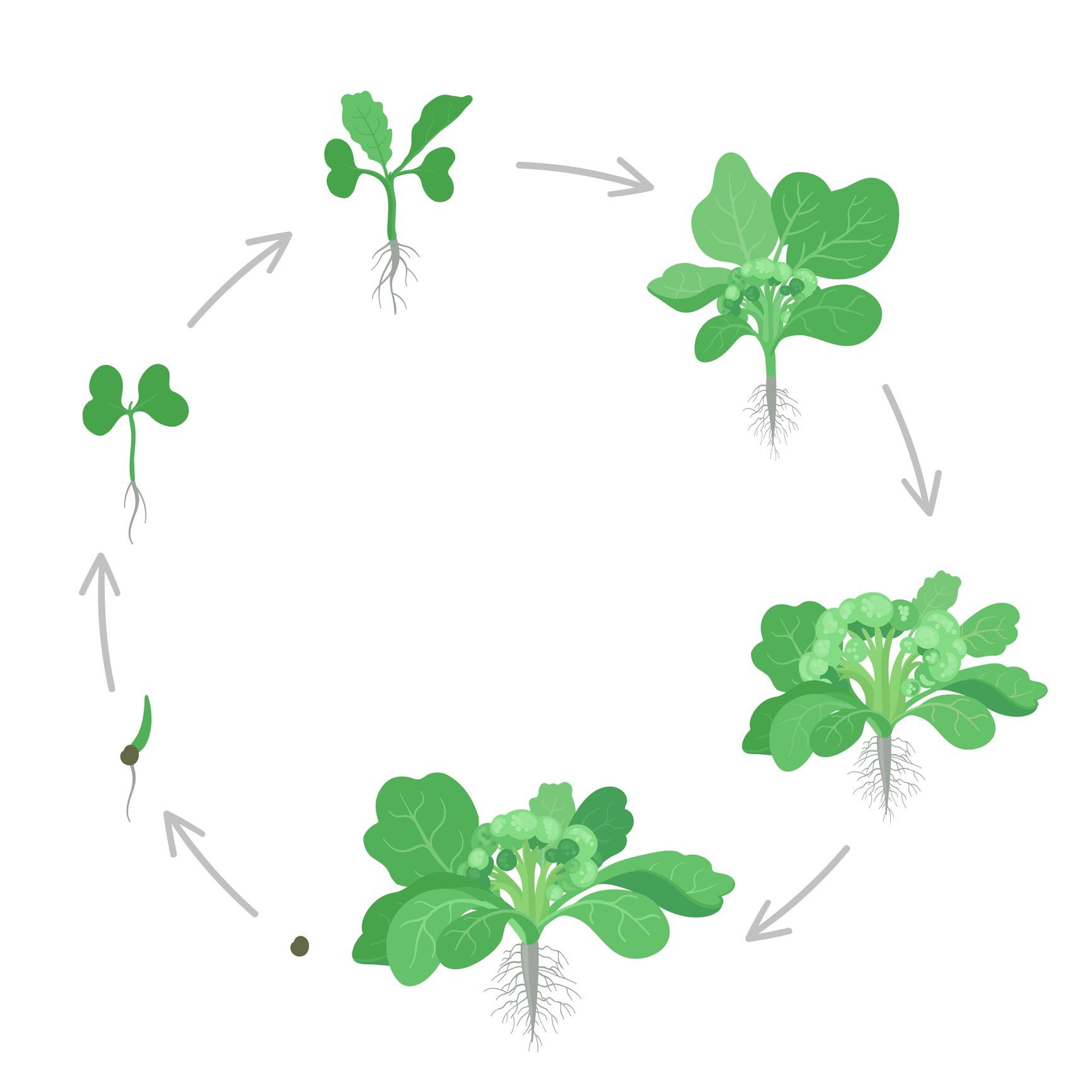

Broccoli is a part of the brassica family.

All broccoli
Broccoli grows during the




2 main forms of vitamin K: K1 and K2.
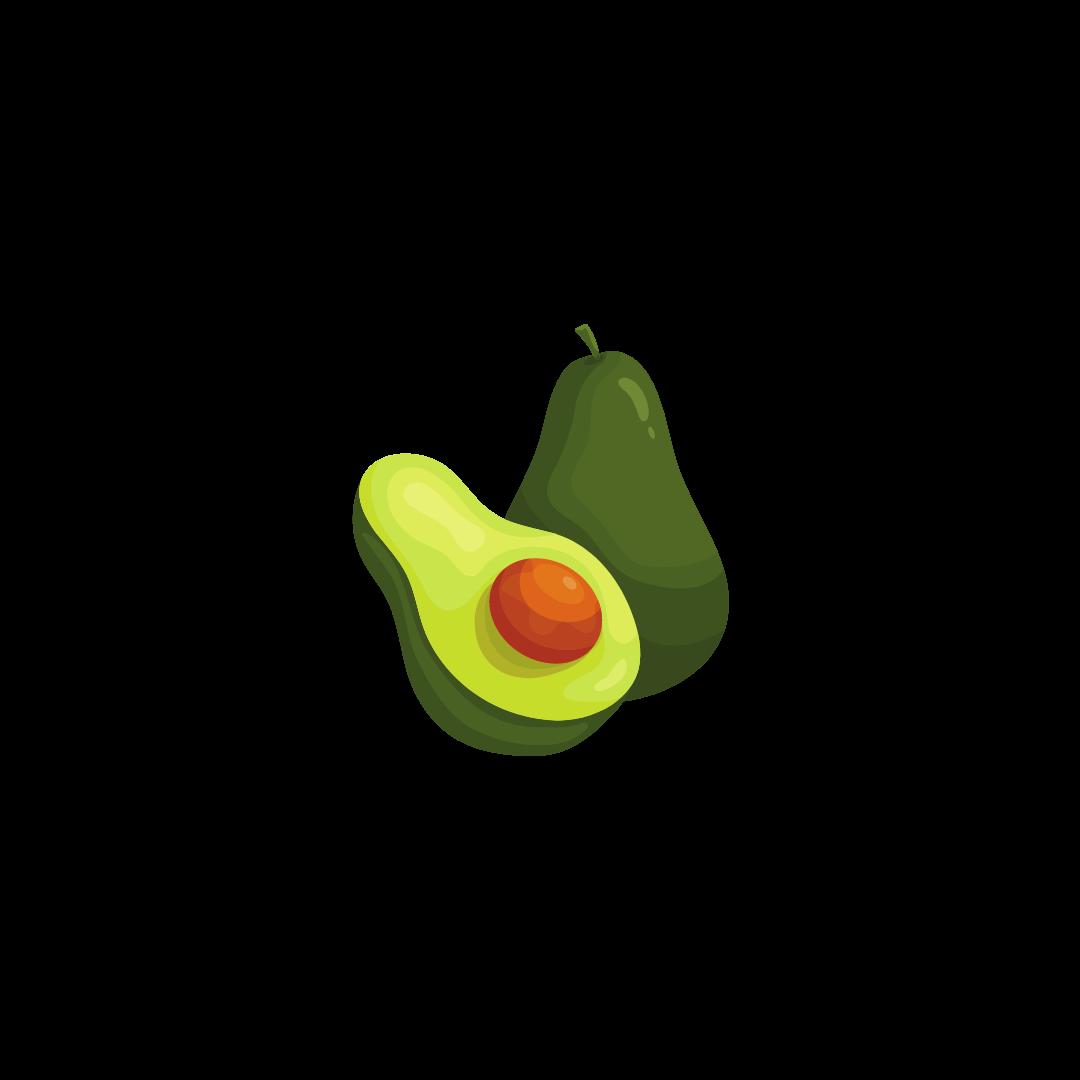

The body has the ability to create vitamin K on its own.
Vitamin K helps the body heal from wounds.
Vitamin K is a fat-soluble which means… It absorbs better into the body when eaten with foods with some fat like olive oil or avocados

Vitamin K helps produce proteins bind themselves to calcium - this helps build strong bones

Vitamin K supports heart health.
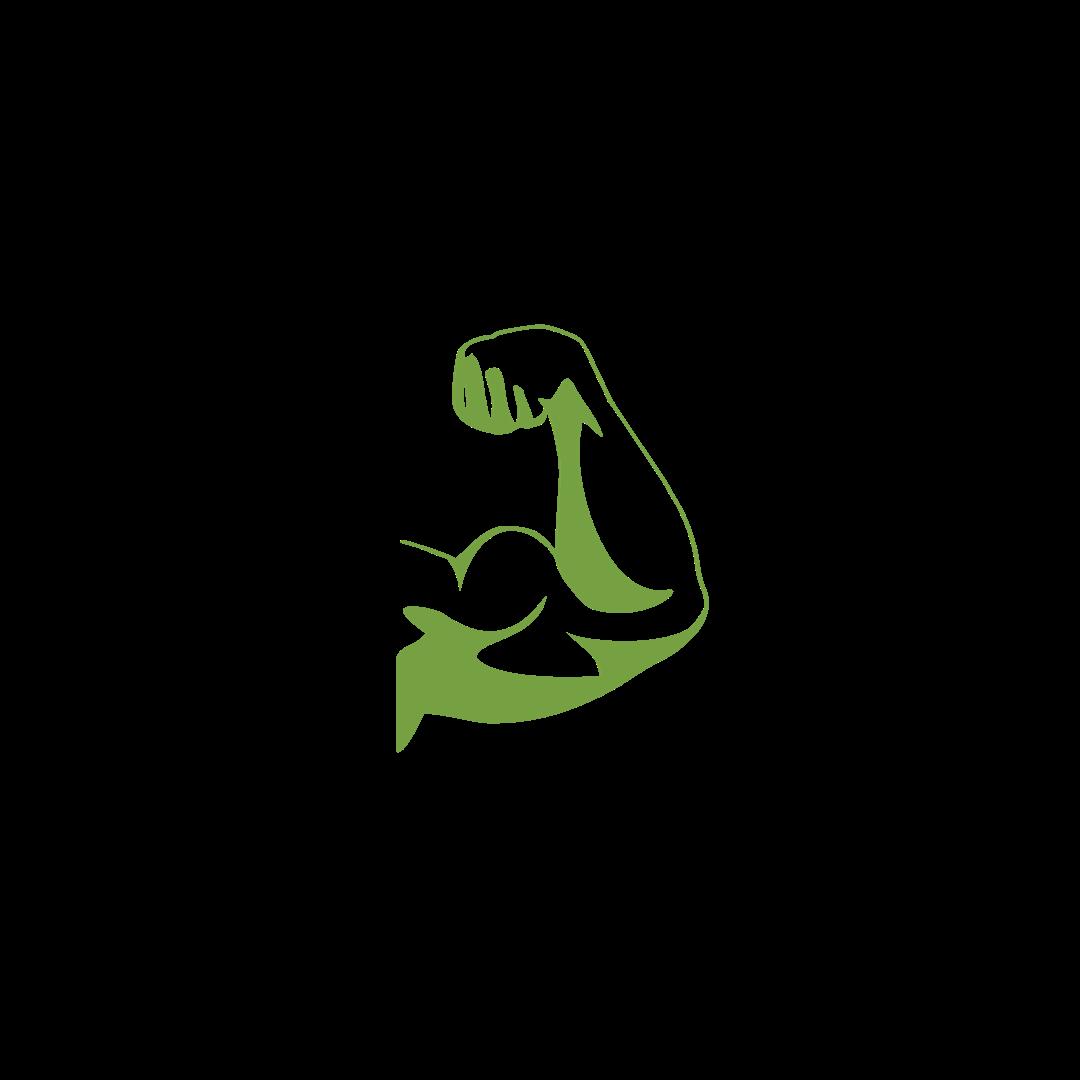

Vitamin K is found throughout the body in the liver, brain, heart, pancreas & bones.
Vitamin K plays a role in proper blood function- specifically with clotting.
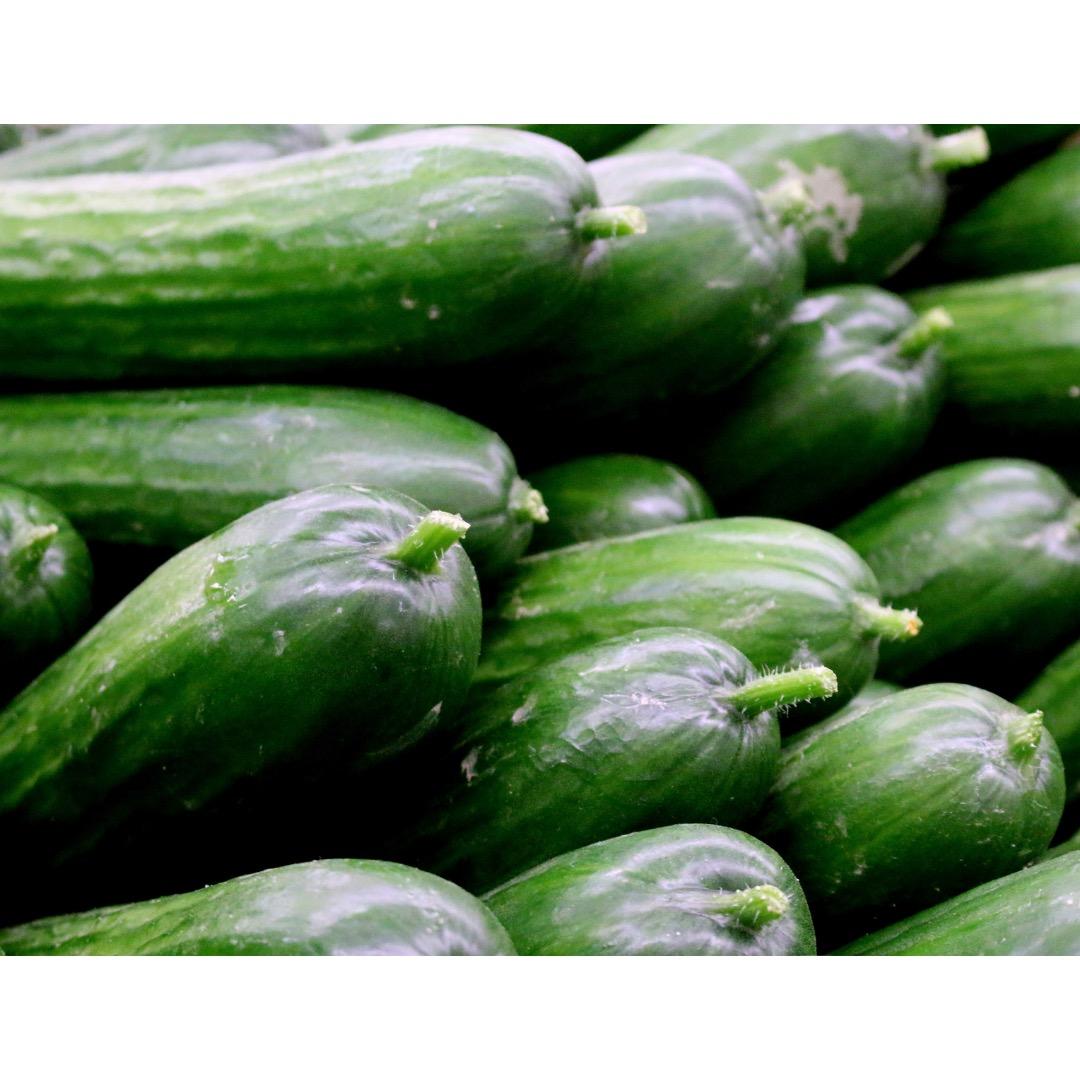


Cucumbers are technically fruits since they & contain seeds.
There are cucumbers.





1 vine can produce 25 - 125 cucumbers. of cucumbers seeds.
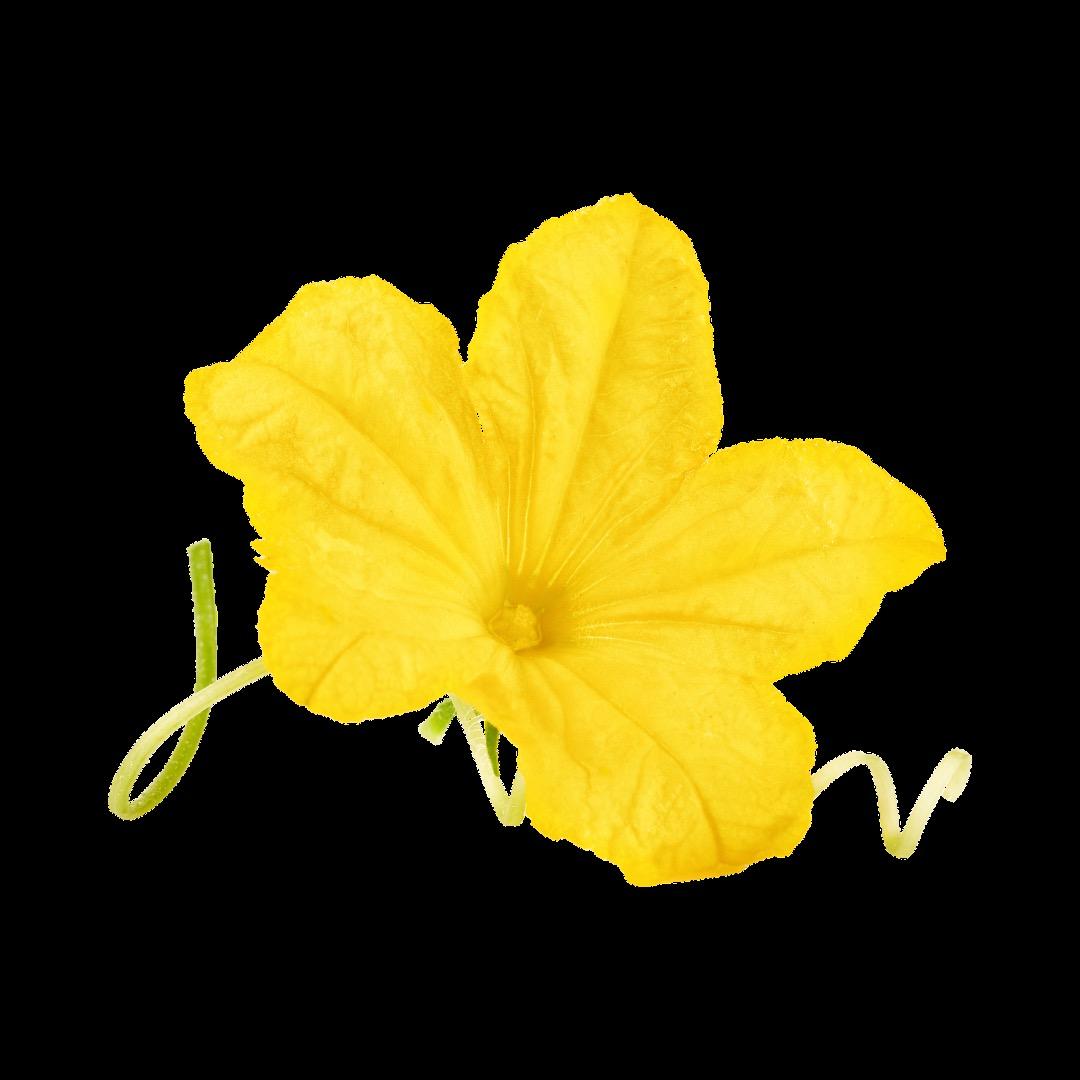
World Cucumber Day is June 14th!

Cucumbers grow on
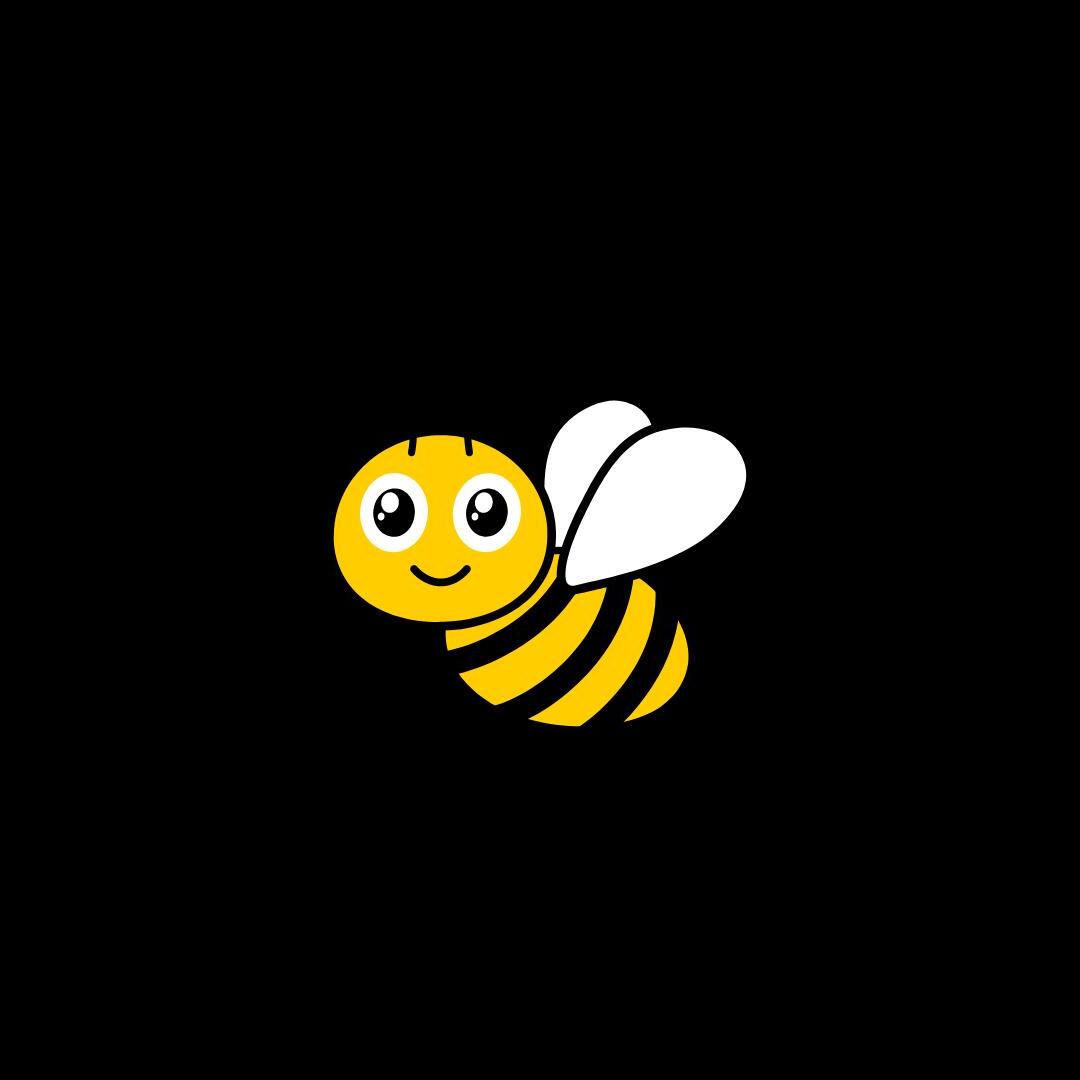





B Vitamins help support the body’s energy levels, brain function & cell metabolism In-Vitamin!
essential B vitamins:
Vitamin B1, Vitamin B2, Vitamin B3, Vitamin B5, Vitamin B6, Vitamin B7, Vitamin B9 & Vitamin B12.

Water is needed to help the body absorb B vitamins.


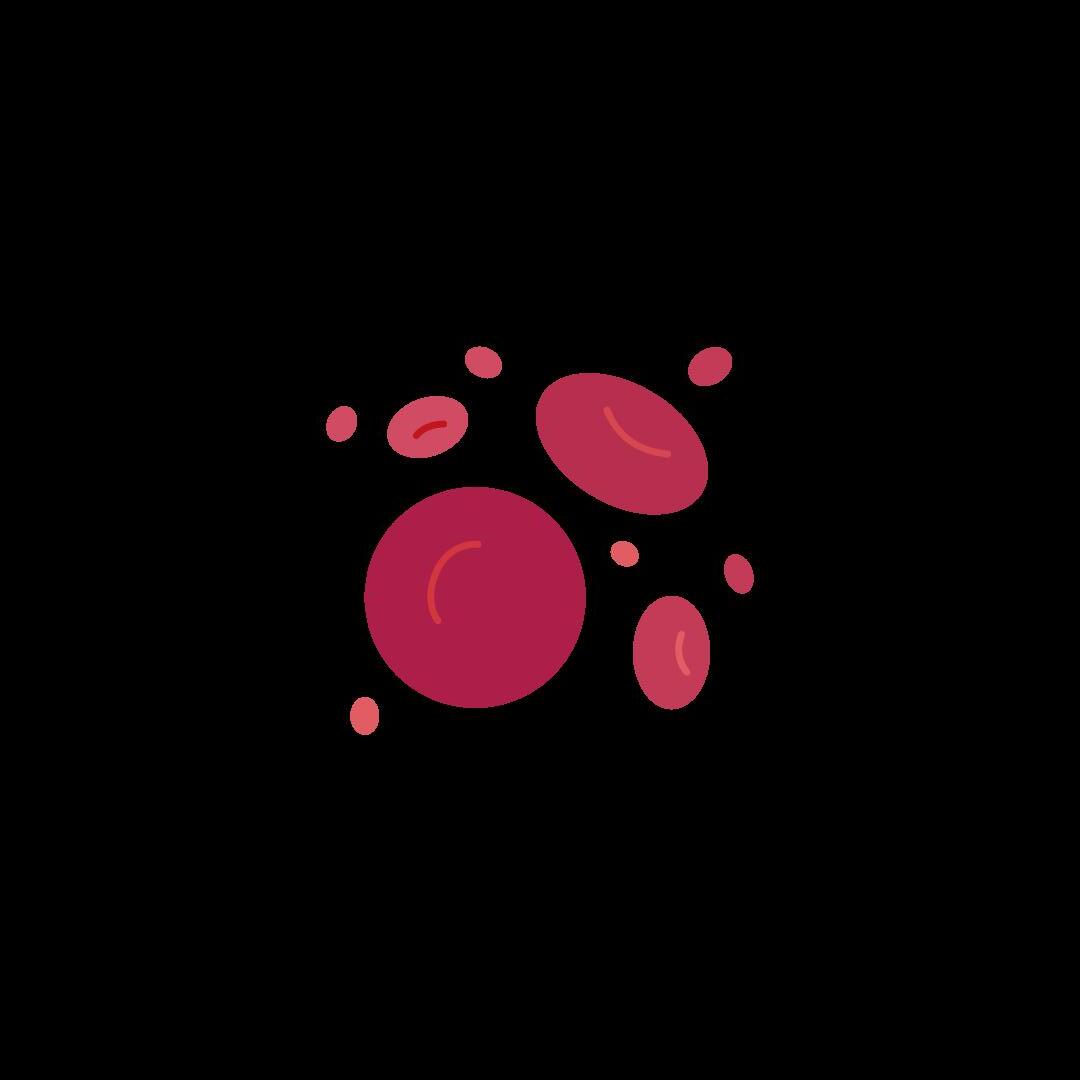
B5, B12, C and E knock on your door…what do you do? blood cells.
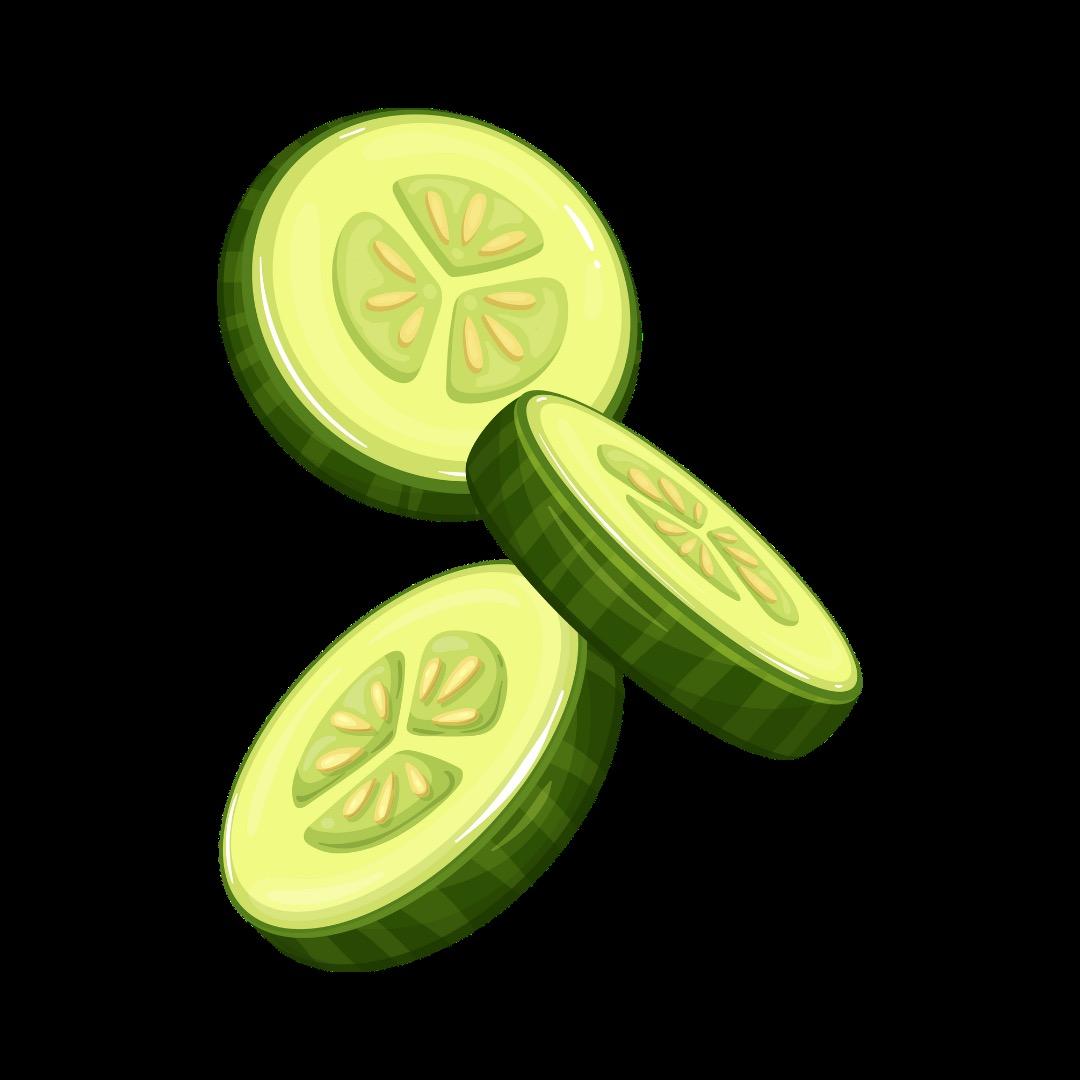
B vitamins helps the body make energy from food.
cannot store most B vitamins, so they need to be regularly consumed.
B vitamins plays a role in serotonin production.
Serotonin makes us feel happy

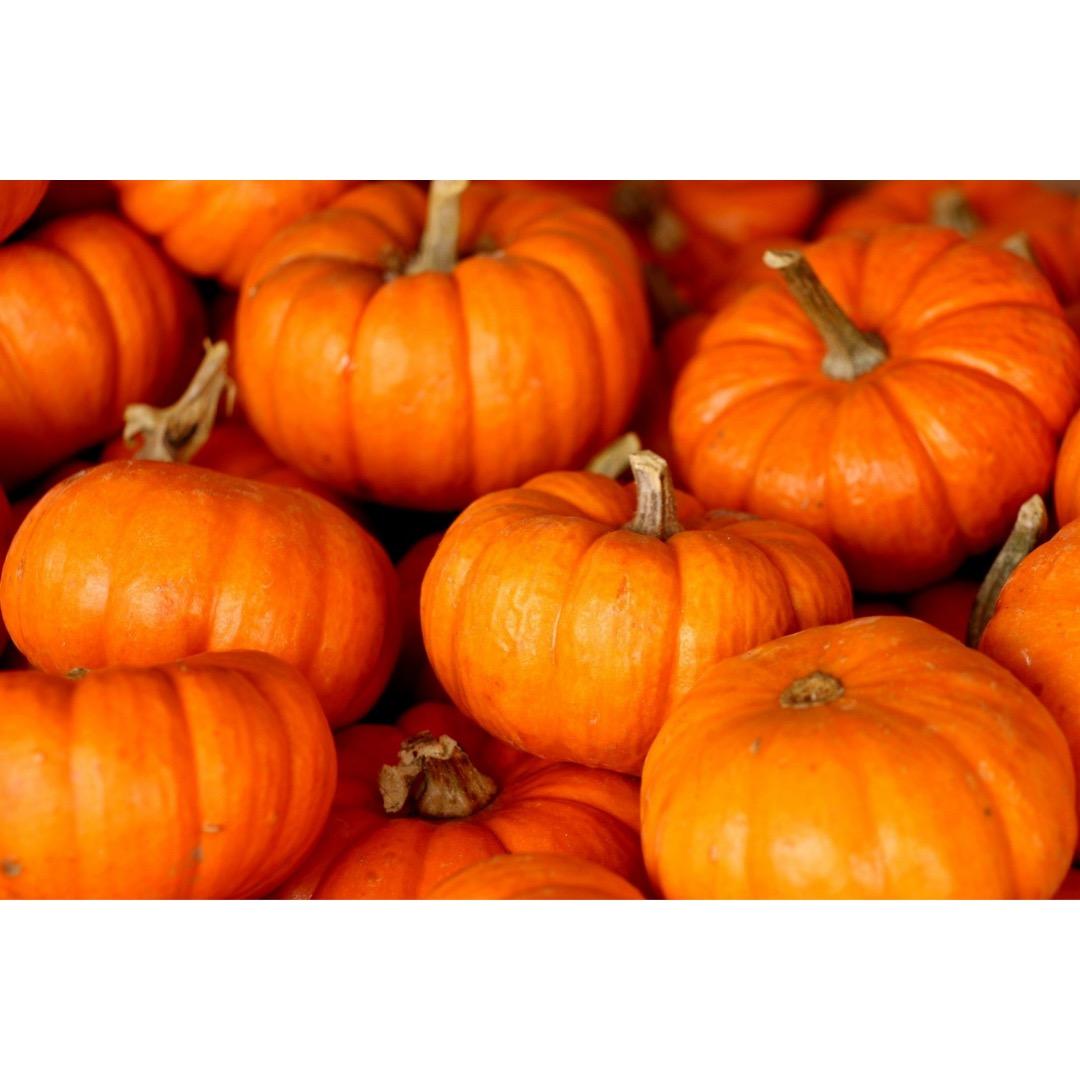



Pumpkins are a type of winter squash

The U.S. produces over 1.5 BILLION pounds of pumpkins each year.
Pumpkins are a type of fruit because they grow on vines & have seeds. Pumpkins are related to melons.
45+ varieties of pumpkins. Pumpkins are 90% water.
Pumpkins range in color from red, yellow, green & orange!
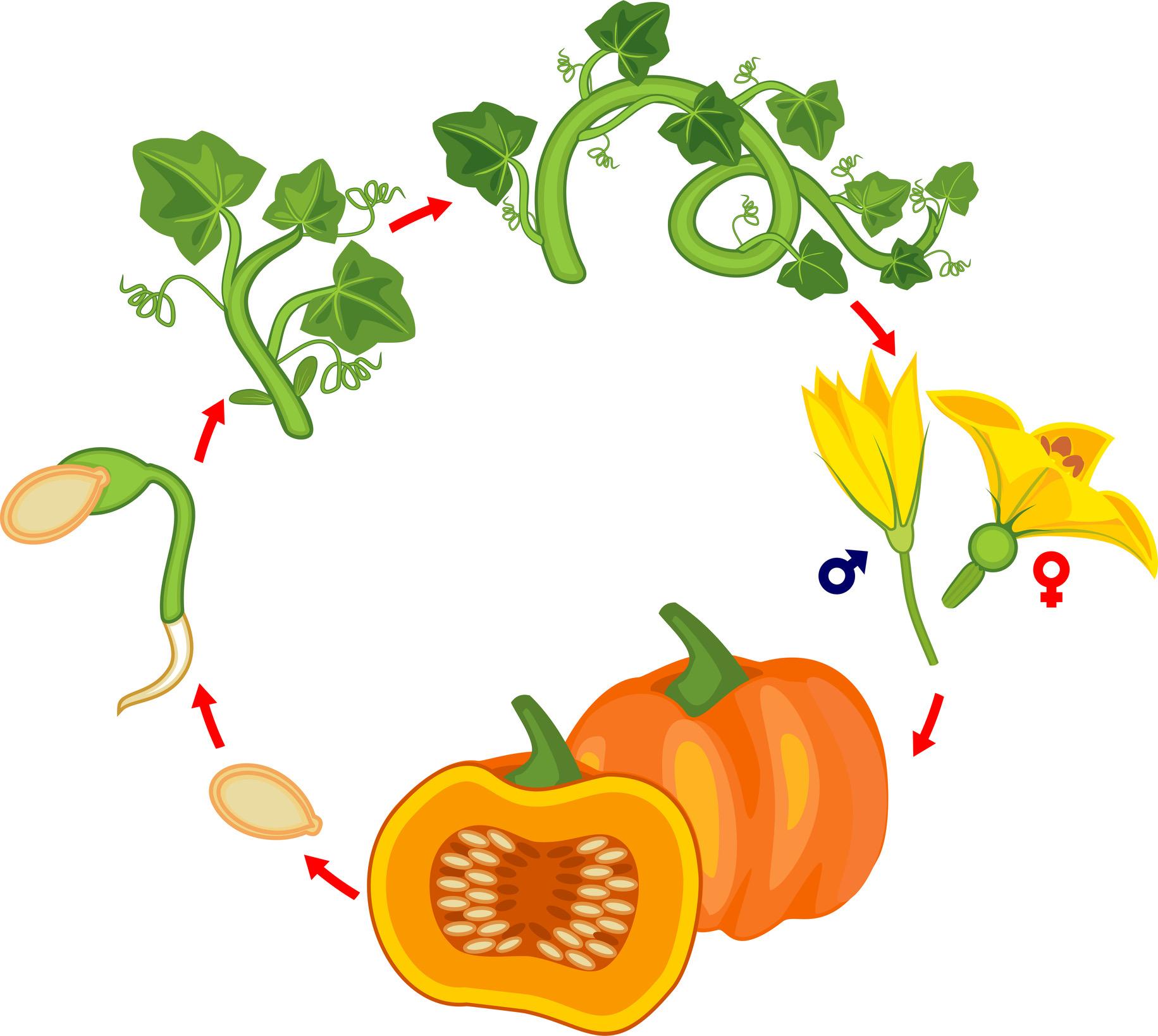
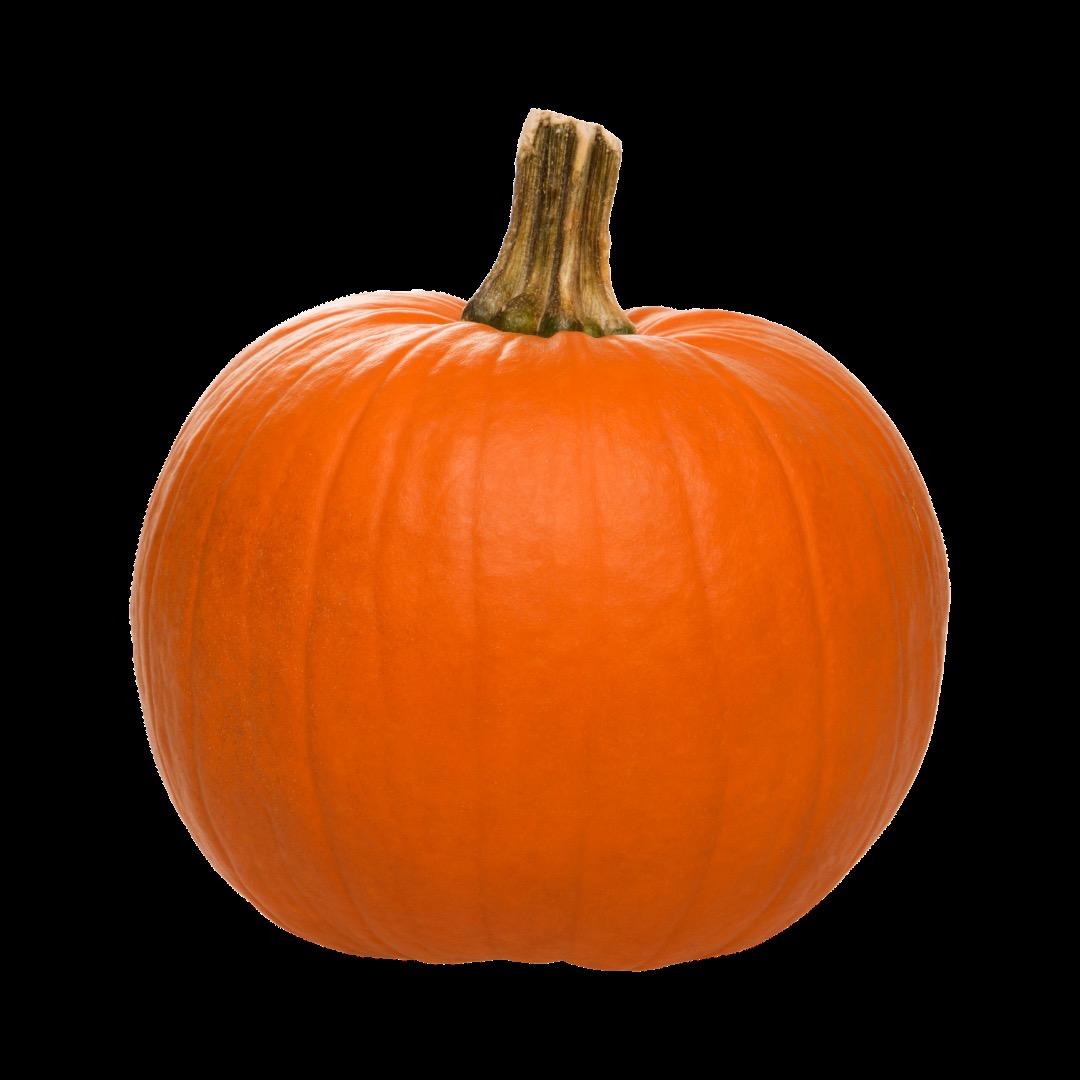

“Large melon”
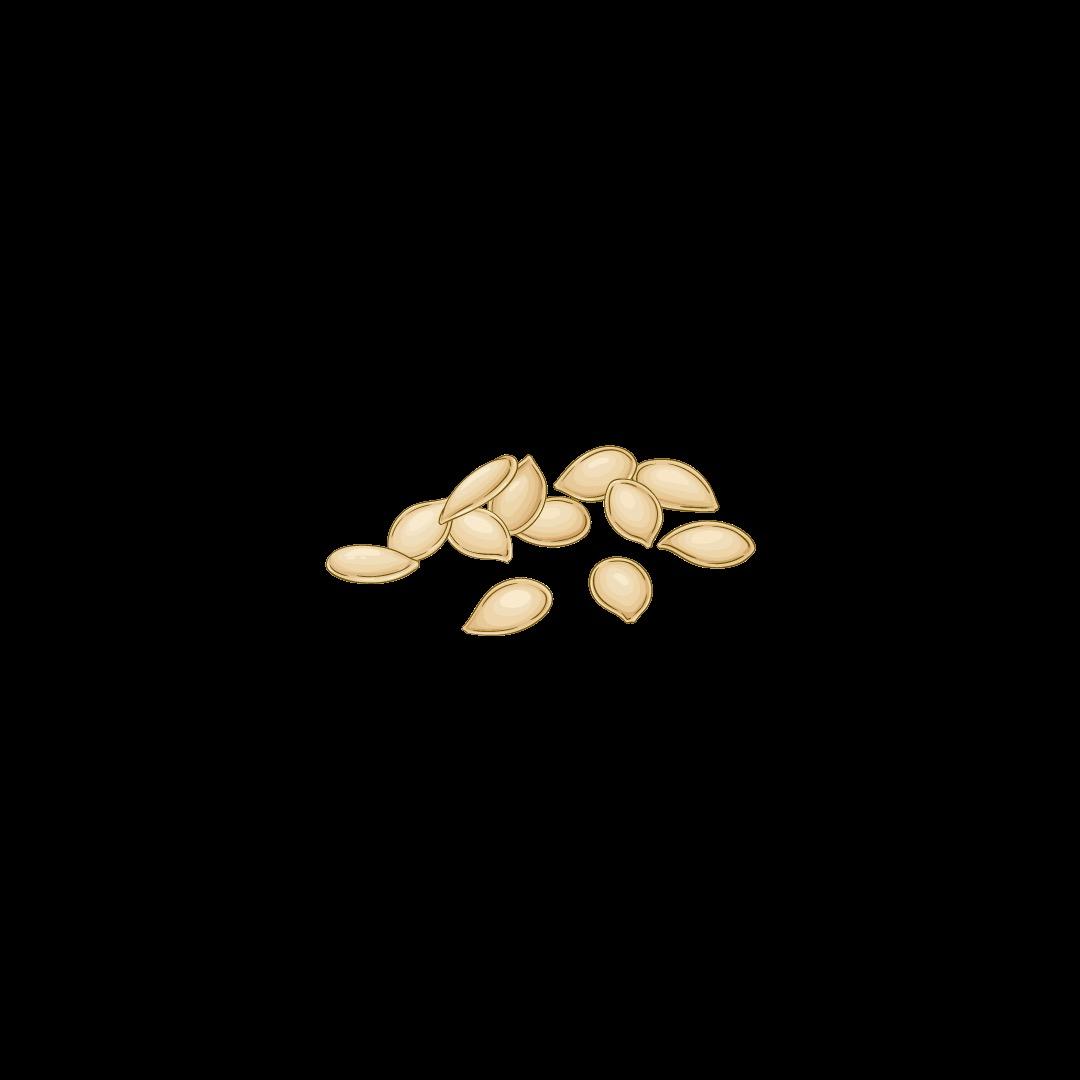



Potassium supports balancing fluid in the body & proper function of the muscles and nerves.

Once potassium enters the body, it functions as an electrolyte.
Helps to keep the body hydrated!

Electrolytes help balance the amount of water in the body.

FUN FACT:
The body is made up of approximately
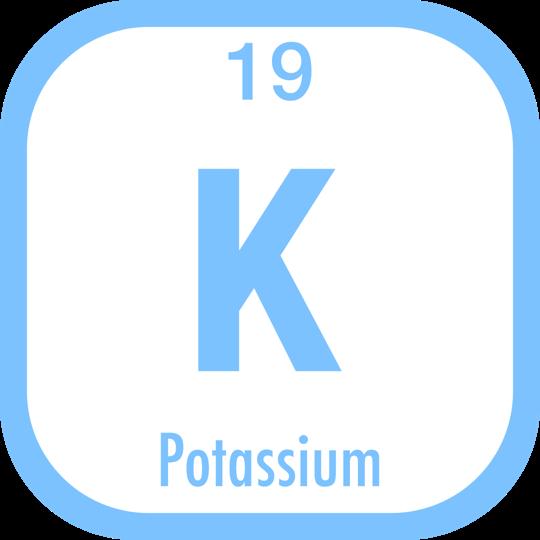
Potassium is the THIRD most abundant mineral in the body.
Potassium helps promote bone health.
Potassium helps to regulate muscle contractions.

98% of the body’s potassium is found in its cells.
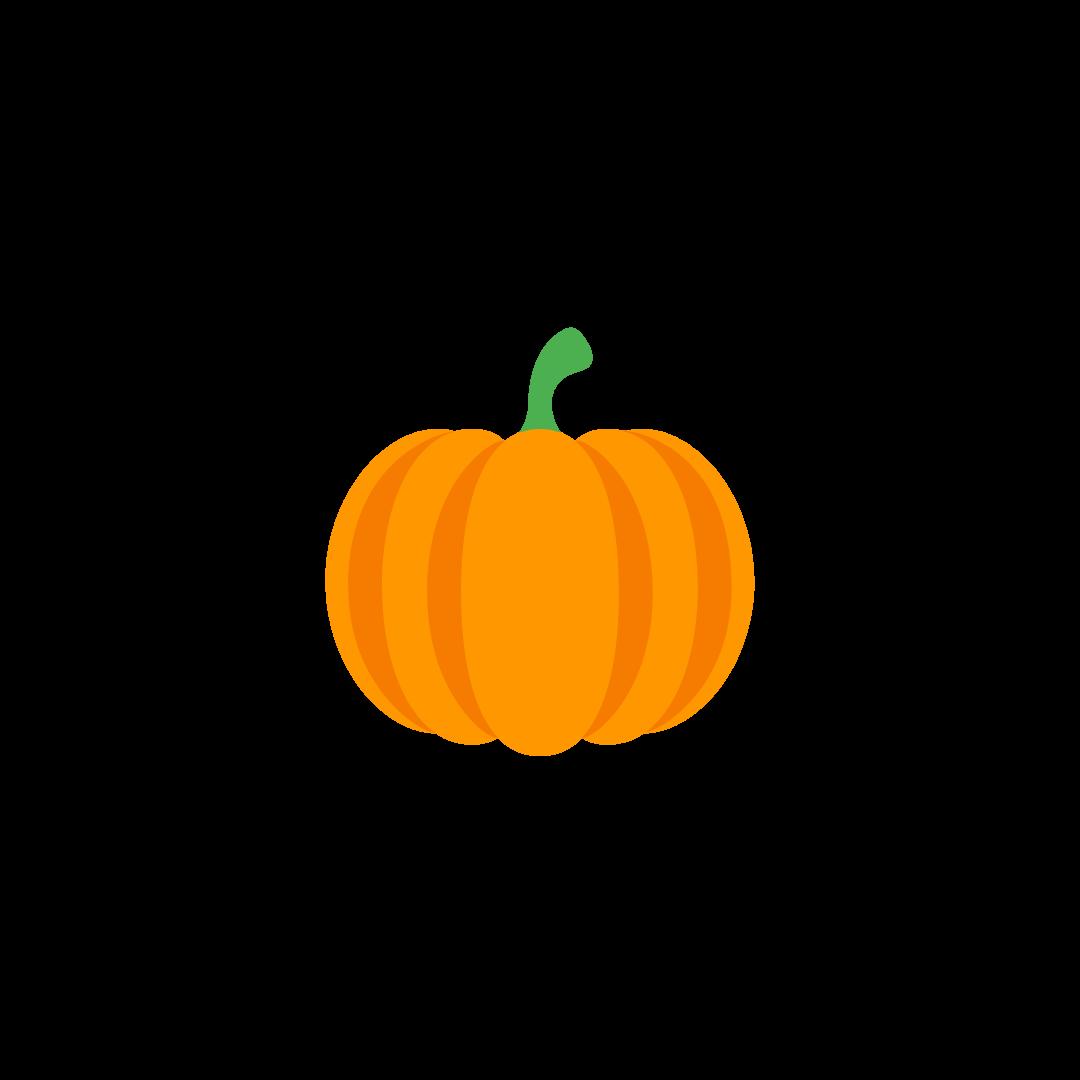
Many runners eat foods high in potassium before a run to prevent muscle cramps


Brussels sprouts are a type of cruciferous vegetable.
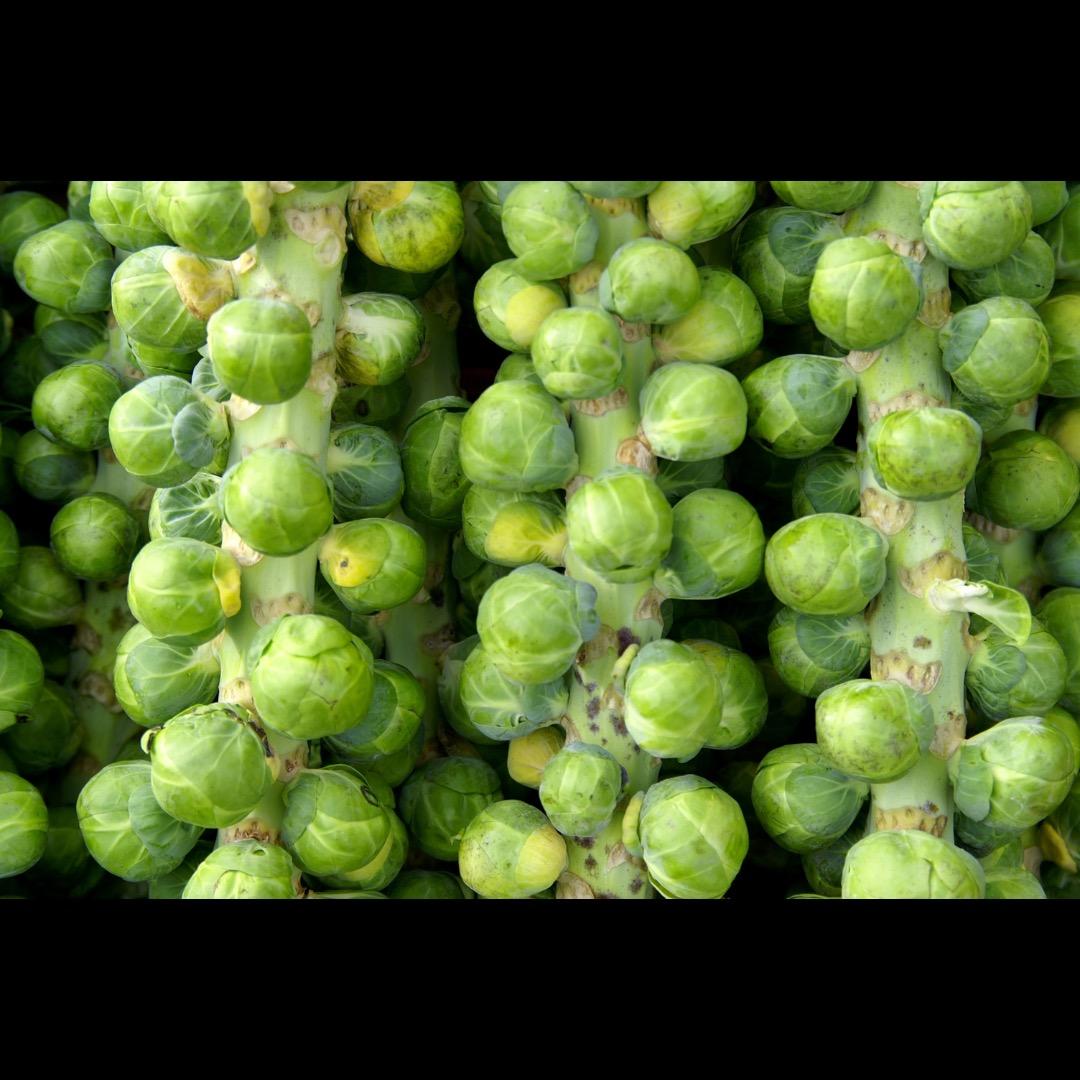
Other types of cruciferous vegetables include kale, broccoli
Brussels sprouts are grown for their “edible buds – these edible buds look like mini cabbages
Brussels sprouts

best in cool climates and usually harvested after a frost.


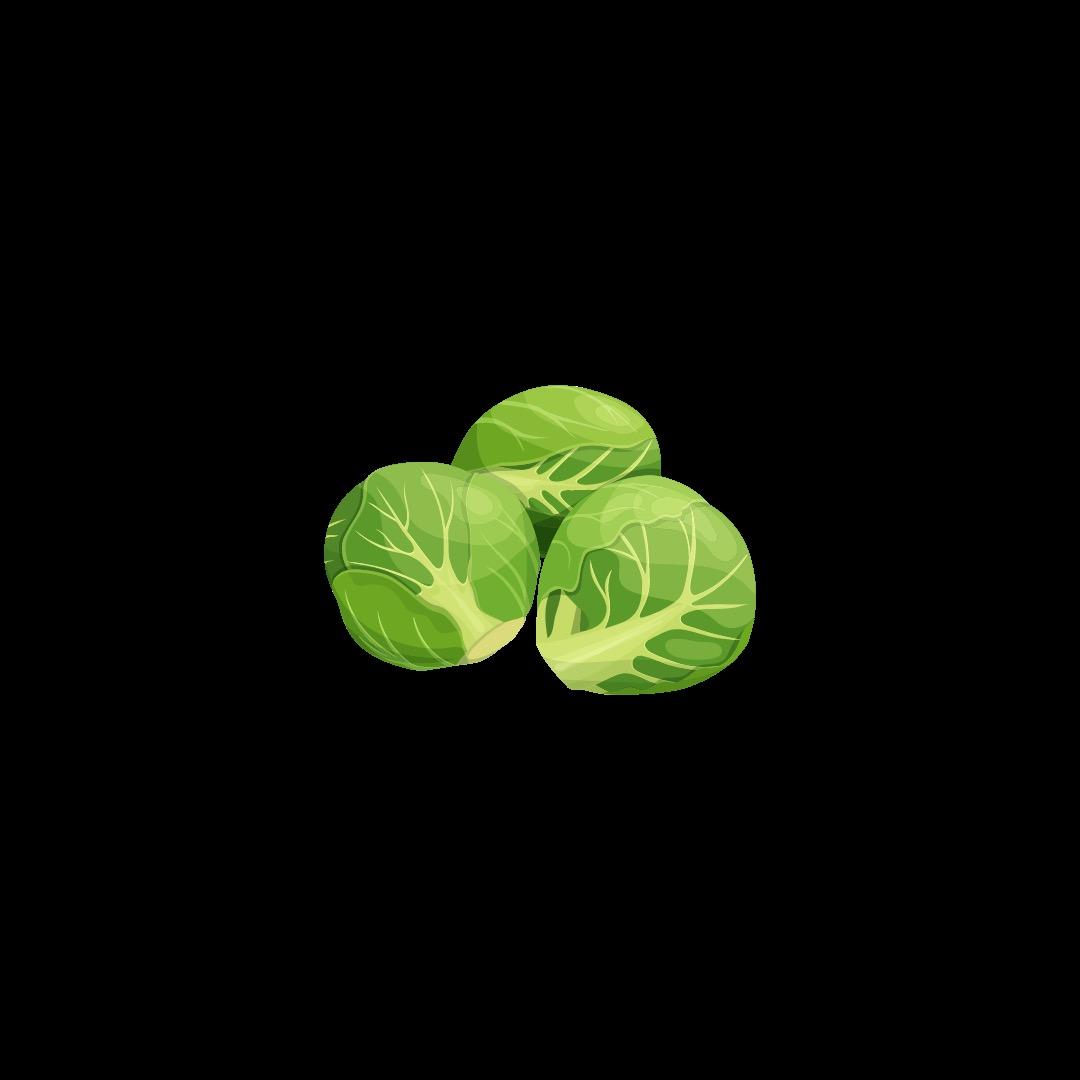

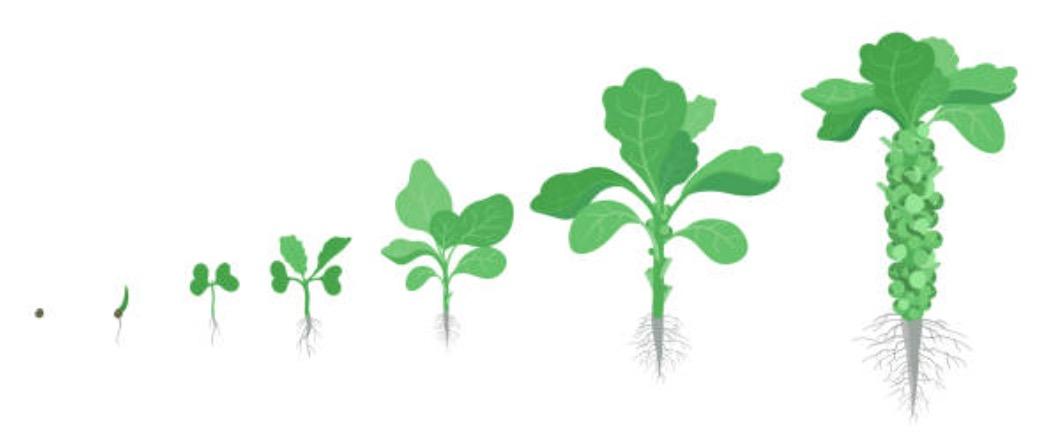

days to harvest after planting. sprouts per year.



Iron carries oxygen in the blood, supports the immune system & proper brain function
2 forms of iron: Heme & Non-heme.

Heme comes from animal meat and is easily absorbed into the body after eaten. comes from plant foodslike spinach!
Iron is found in EVERY cell of the body.

Non-heme sources of iron are best absorbed into the body when eaten with a source of vitamin C, like an orange.
Iron helps muscles function by carrying oxygen to their cells.

Supports a healthy immune system.
Human blood is RED because of iron and oxygen reacting with each other.
The body uses iron to make hemoglobin.

80% of the Earth’s crust is composed of iron.
Hemoglobin helps carry and transport oxygen in the blood to other parts of the body…like a backpack!



Cabbage is a type of cruciferous vegetable.
Cabbage is closely related to other cruciferous vegetables like broccoli, kale & cauliflower.
Cabbage has been harvested for over 6,000 years making it one of the OLDEST vegetables in existence.

6 feet tall.





“coldweather veggie
Early cabbage takes days cabbage takes 87 days.
The most popular varieties of cabbage:



Vitamin K supports proper blood function, bone growth & kidney health. The body has the ability to create vitamin K on its own.
2 main forms of vitamin K: K1 and K2.
Vitamin K is a fat-soluble which means… It absorbs better into the body when eaten with foods with some fat like olive oil or avocados!


Vitamin K helps the body heal from wounds.

Vitamin K helps produce proteins that bind themselves to calcium - this helps build strong bones.


Vitamin K supports heart health.

Vitamin K is found throughout the body in the liver, brain, heart, pancreas & bones.
Vitamin K plays a role in proper blood function- specifically with clotting.



Oranges are a type of them grown in the U.S. from
Popular Types of Oranges:
1. Navel
2. Hamlin
3. Valencia
600+ varieties of oranges.
Orange season is 9 months long… October - June!

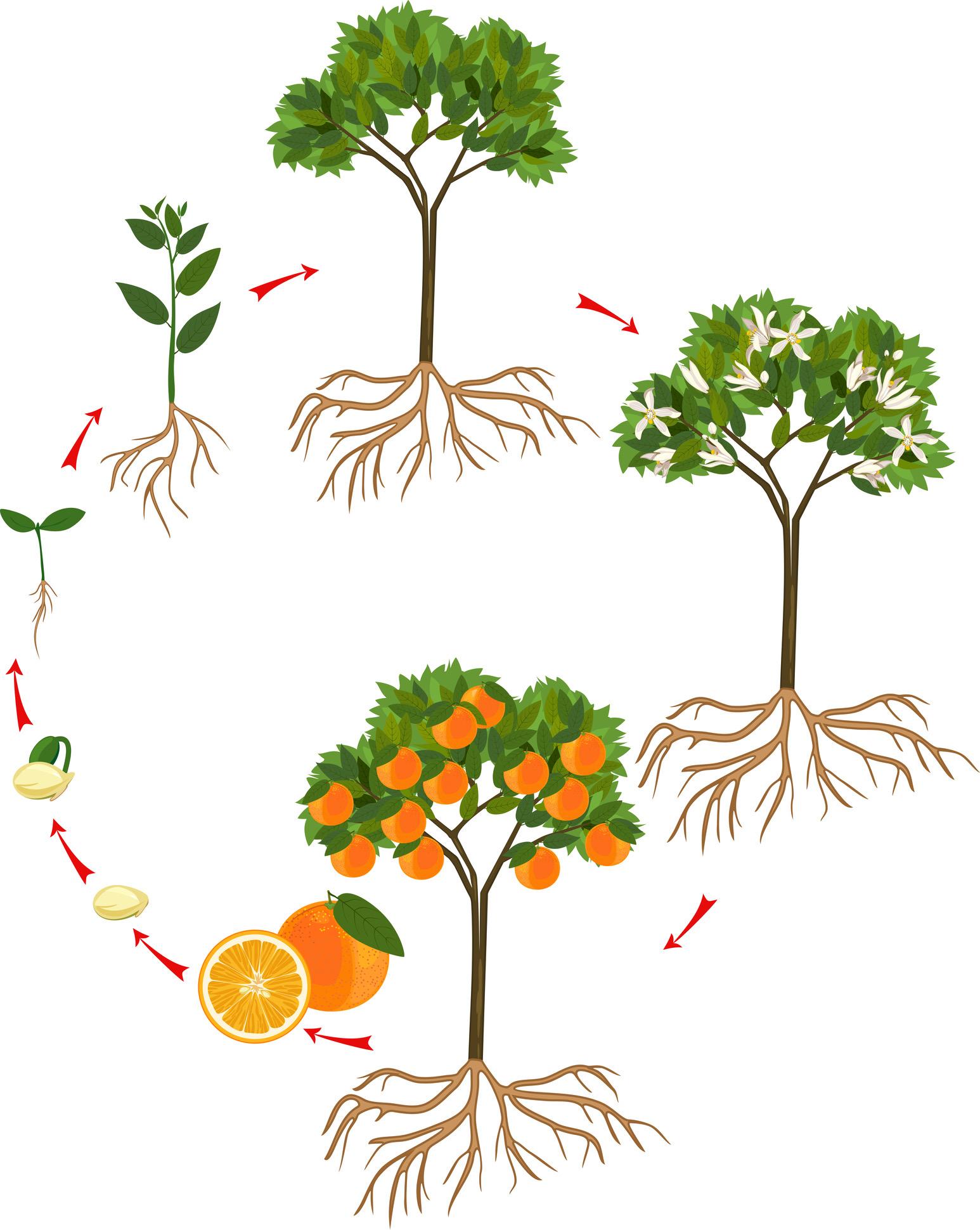

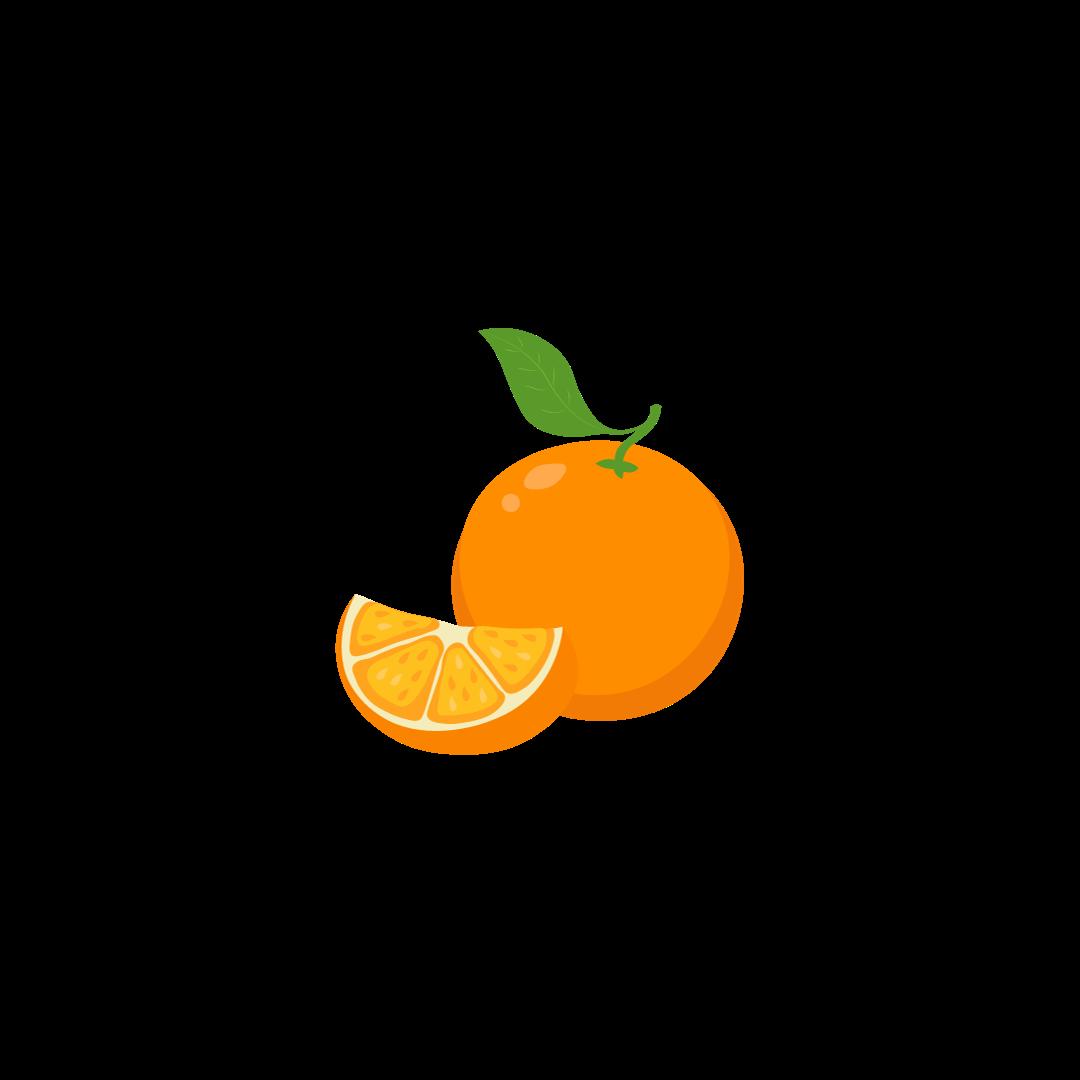

oranges are juiced.
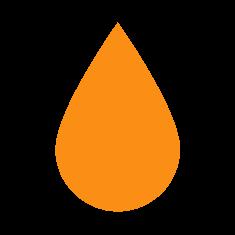

Sub-tropical areas have ideal climate for growing oranges.
Most oranges are harvested by hand.






Vitamin C supports the immune systemthe body’s defense against infections.

Vitamin C is also referred to as “ascorbic acid.”

Vitamin C is an antioxidant. Antioxidants help protect against damage caused by exposure to harmful substances in the environment.


The body cannot make vitamin C on its own - it has to come from food.
Vitamin C helps keep you happy & healthy! What do you call a vitamin that improves your eyesight?


Vitamin C is a very important vitamin for healthy gums & teeth.



Most apples are harvested & sold fresh.
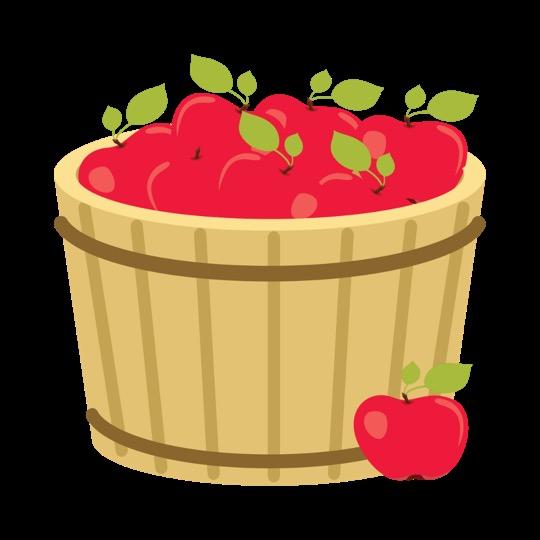
Apples are one of the most widely cultivated tree fruits. The U.S. is home to approximately 322,000 acres of apple orchards. of the Most Popular Varieties of Apples:


apples make 1 gallon of cider.



varieties of apples are grown in the U.S.
2,500+ 21% of apples are juiced.
An apple blossom is the flower that comes from an apple tree.
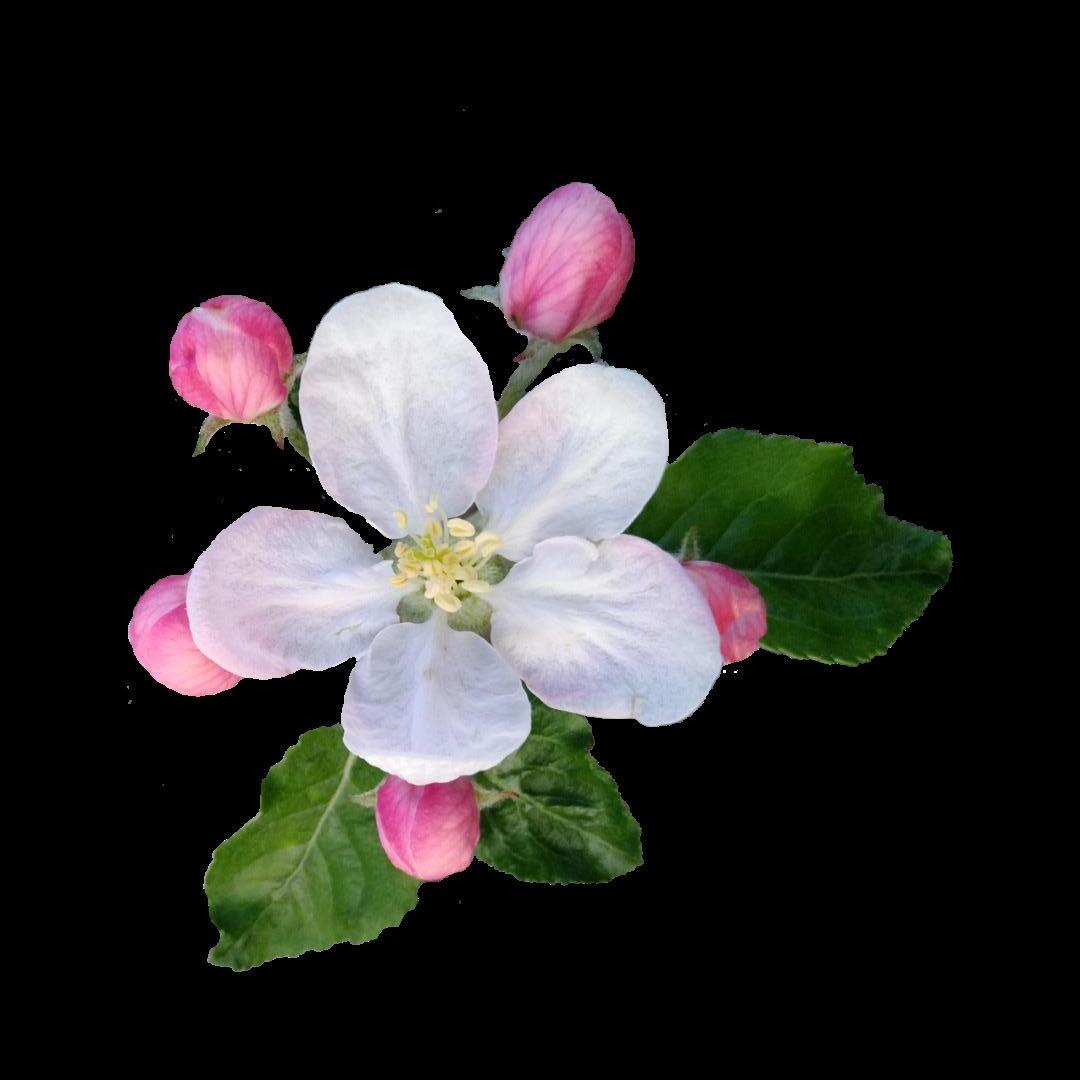
An apple tree takes at least 4 years to start producing fruit.






Fiber supports movement through the digestive system.

Fiber is a type of carbohydrate that the body doesn’t digest, it simply passes through.
Soluble fiber dissolves in water…it helps regulate blood sugar levels and removes cholesterol from

Insoluble fiber is sometimes referred to as “roughage. ”
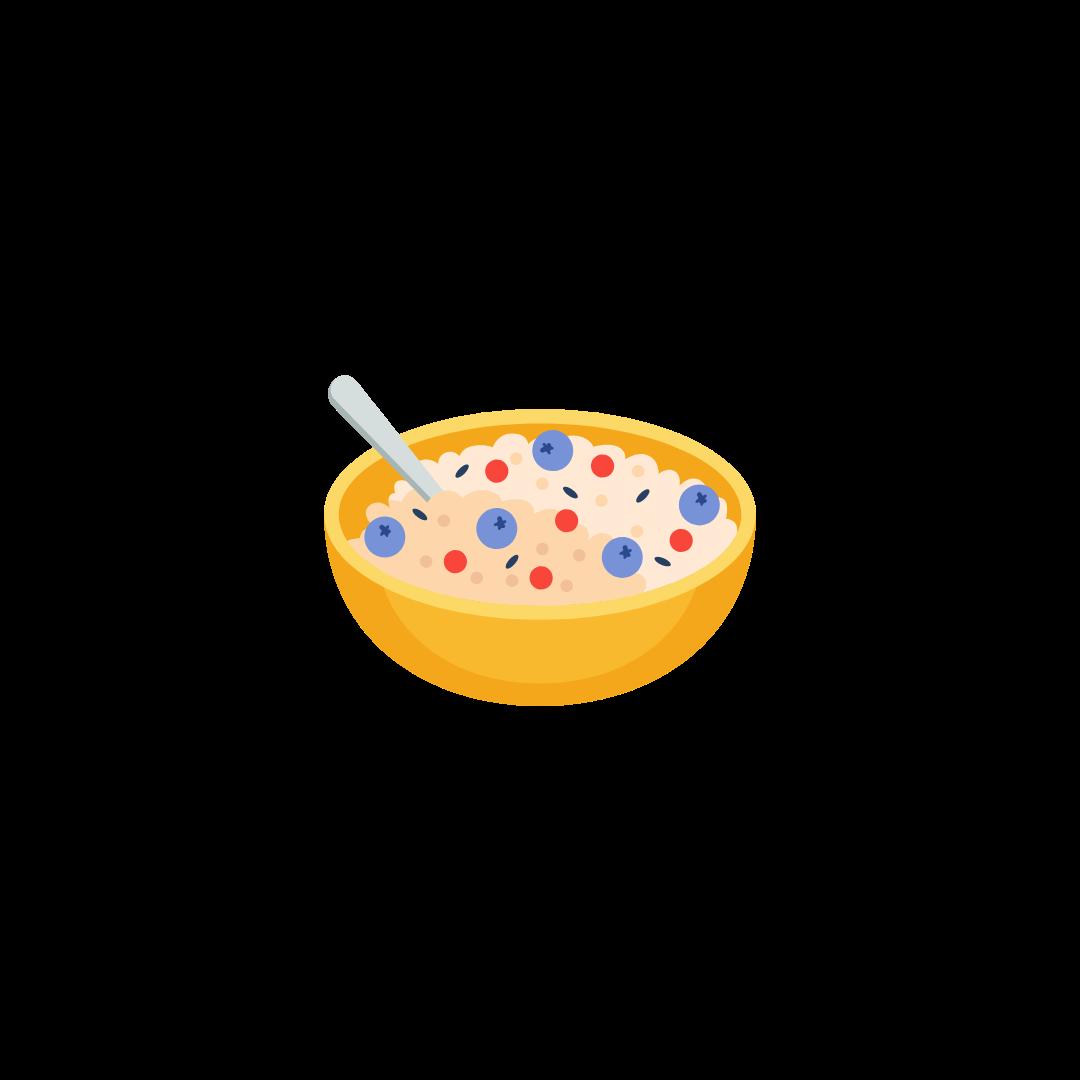
2 types of fiber:

1. Soluble fiber
Insoluble fiber
Fiber is ONLY found in plant foods.
Dairy & meat products do not have any fiber.
Fiber helps to regulate the body’s use of sugar.
Insoluble fiber does not dissolve in water…it helps food move throughout the digestive system.

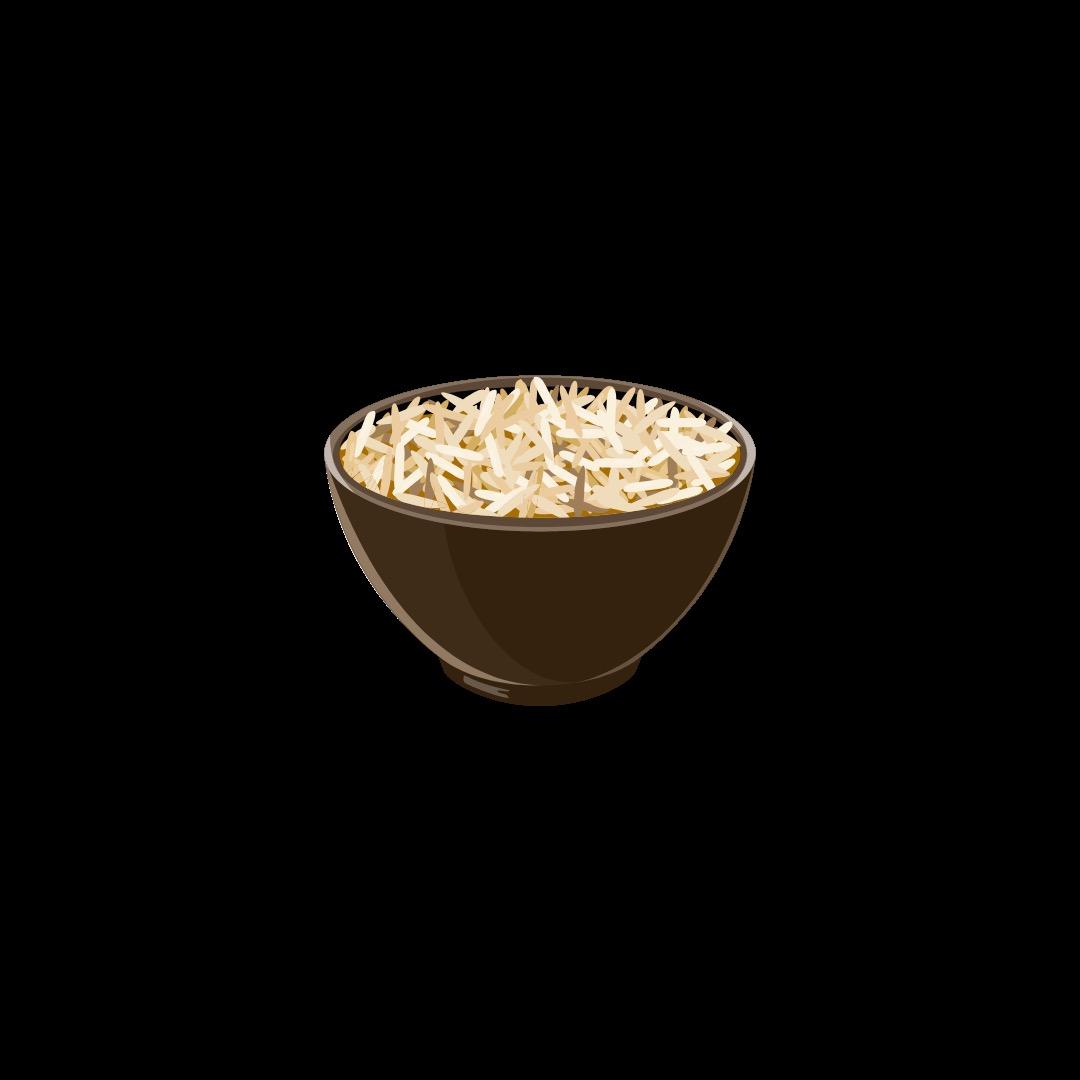
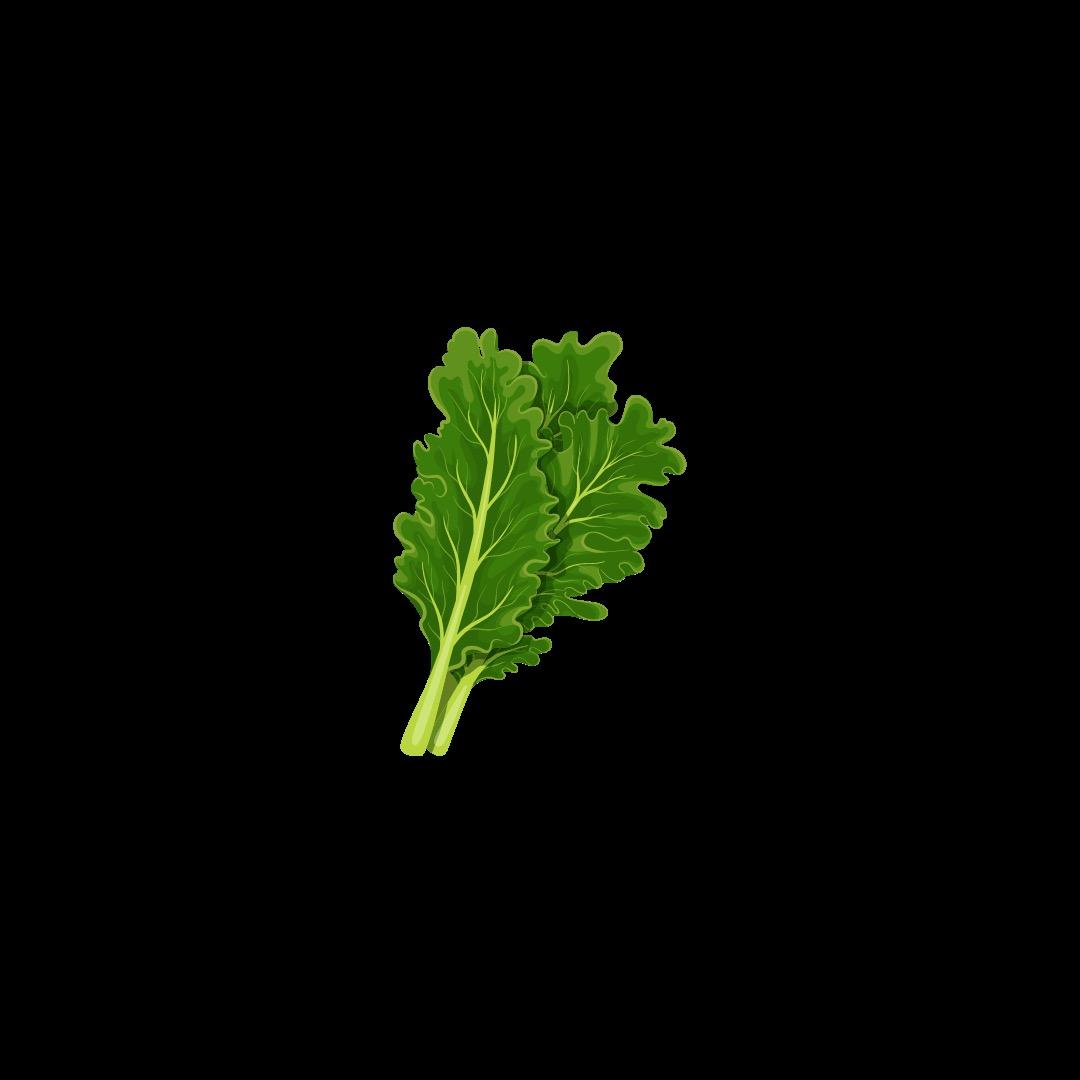
BOTH forms of fiber are important & beneficial to overall health.



Carrots are a type of root vegetable underground

Carrots are 88% water.





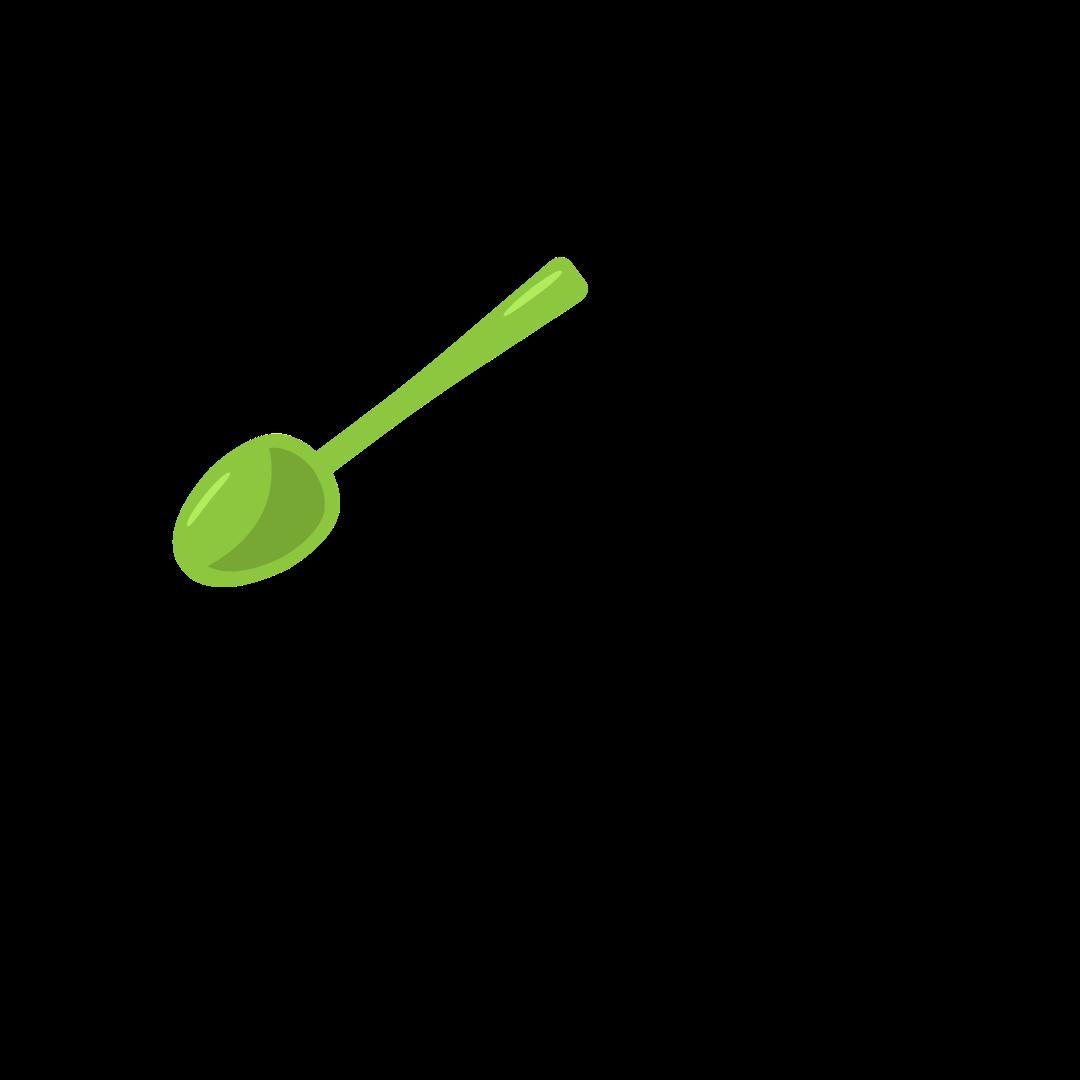
WINTERS underground!
Carrots are biennials, which means they have a 2-year life cycle.

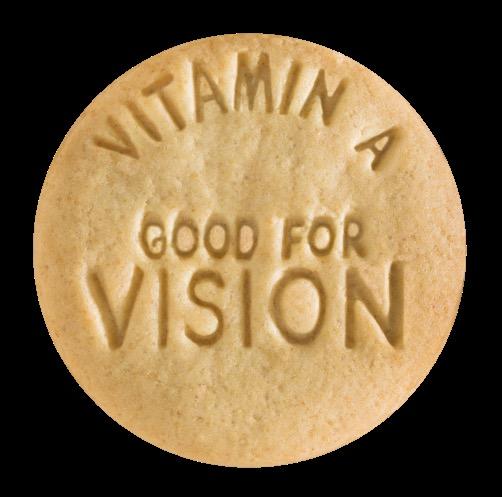






more vivid colors during the day

How far can you read down this eye chart?

speed up the healing process of cuts & scrapes. Vitamin A is a fat-soluble vitamin.
How do you know carrots are good for the eyes?
You never see a rabbit wearing glasses!
Vitamin A supports the immune system to fight off infections.

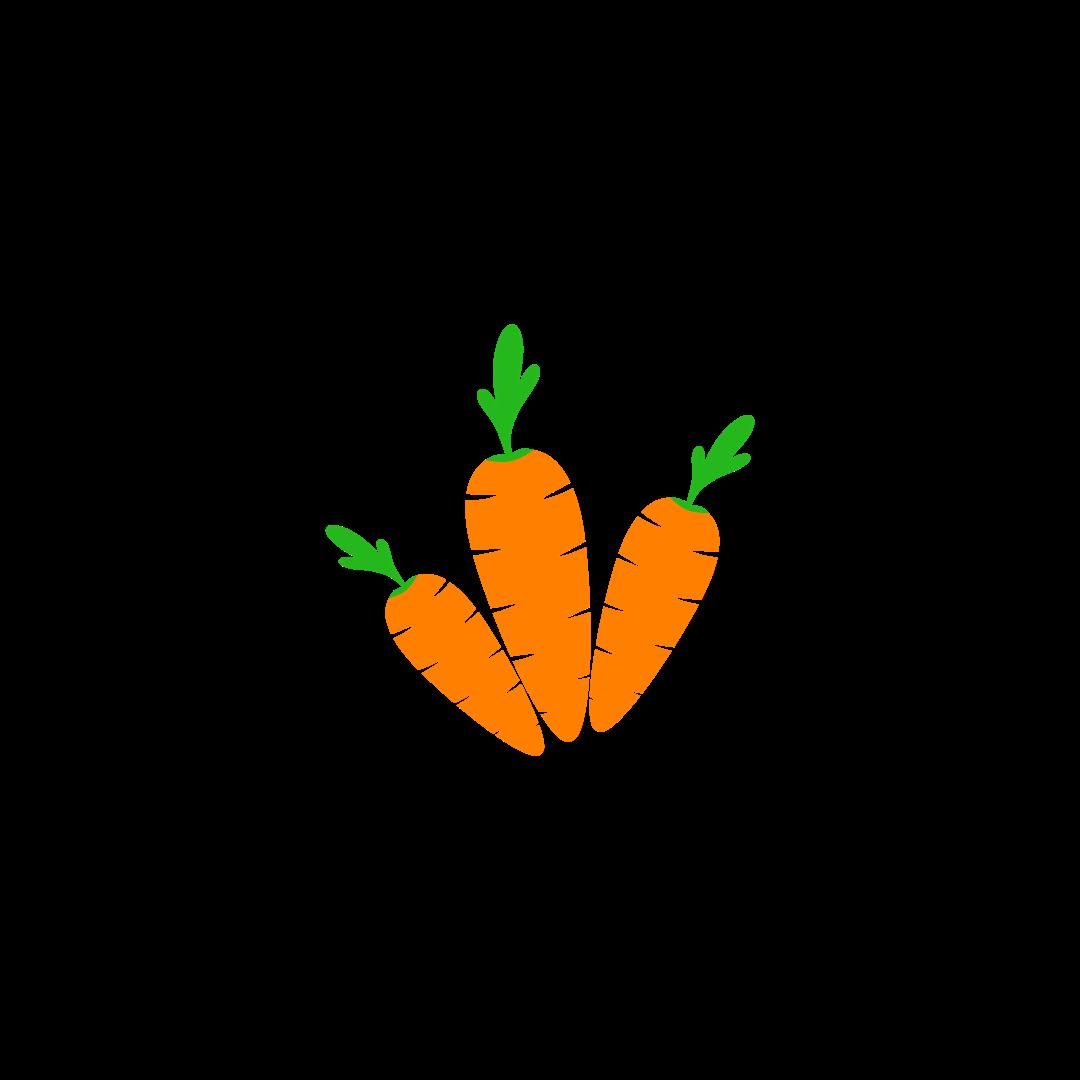


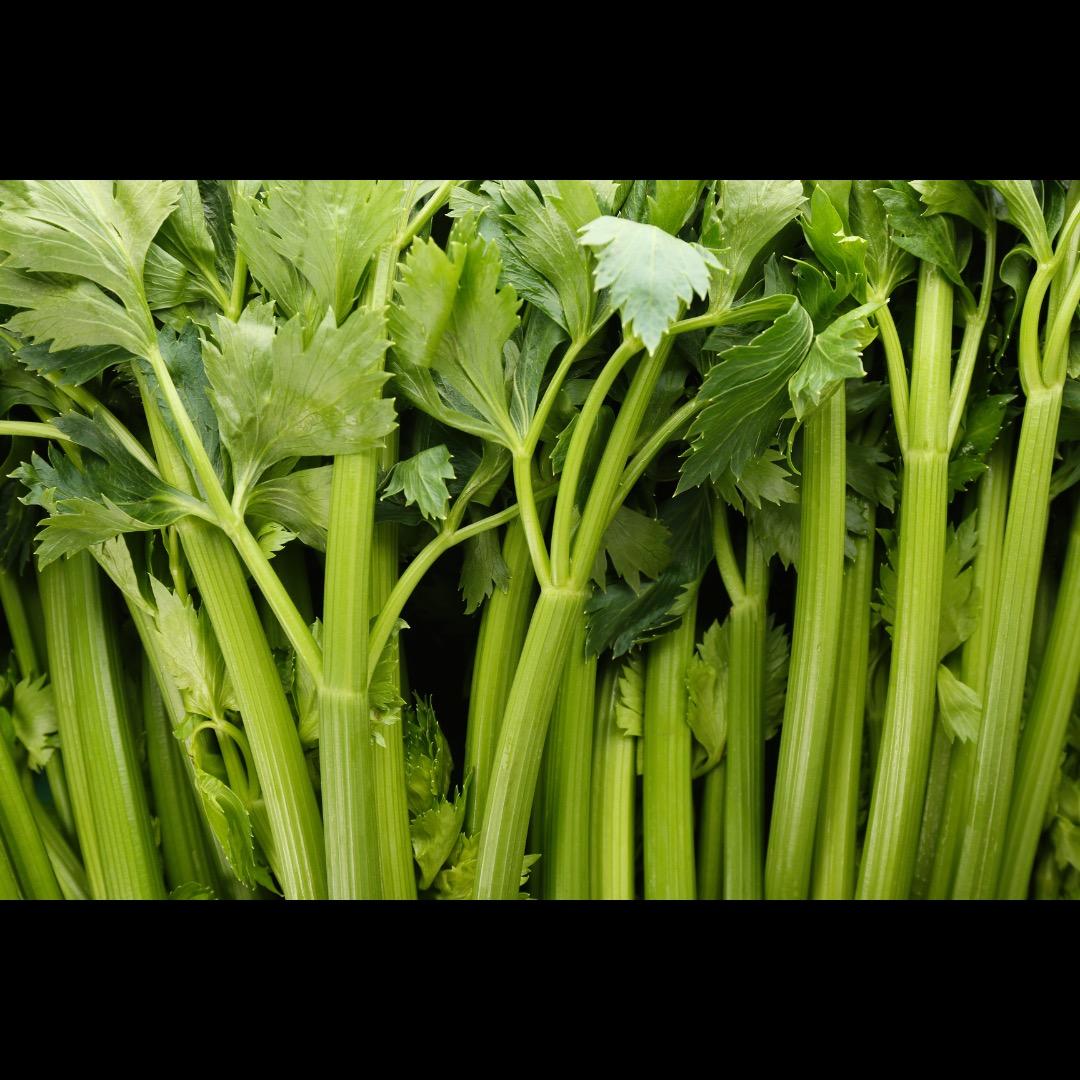


Celery is a crunchy, green vegetable that grows in stalks.
The darker the celery stalks are, the more nutrients they contain.
1 bunch of celery consists of 10 - 12 individual stalks.
Celery is a longseason crop that takes up to 140 days to be ready to harvest after planting.

Celery prefers to grown 6 hours of full sun and afternoon shade. Celery is biennial plant.
Celery 95%

Celery stalks grow to be 12 - 18 inches tall



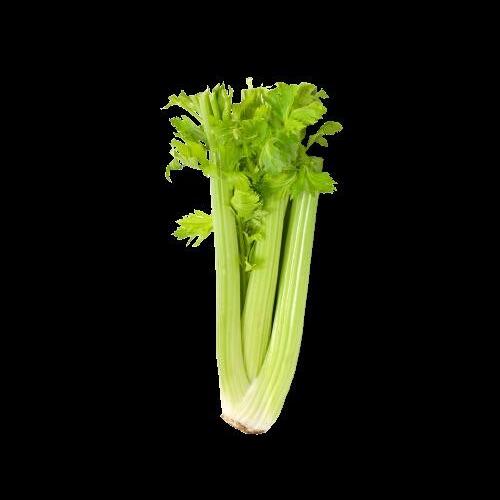



Calcium supports healthy bones as well as proper blood

Calcium is the 5th most abundant chemical element in the Earth’s crust.
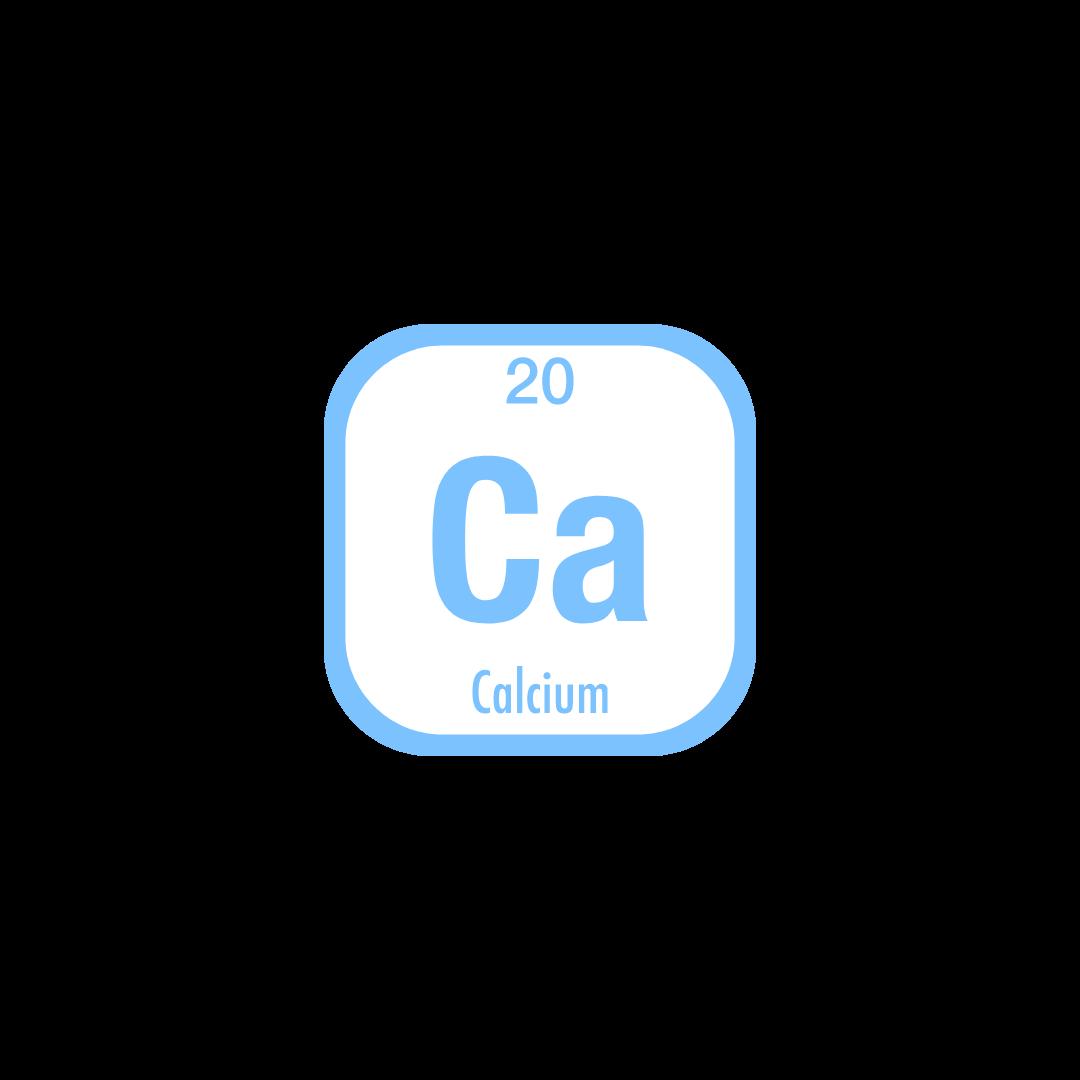
99% of the body’s calcium is stored in the bones blood, muscles & other tissues. muscles



Calcium supports heart health.

Calcium helps form bones and teeth and keep them healthy.

Calcium helps to heal cuts & wounds.
Calcium is the MOST abundant mineral in the human body.



Lafayette and Okeechobee are Florida’s leading dairy counties.
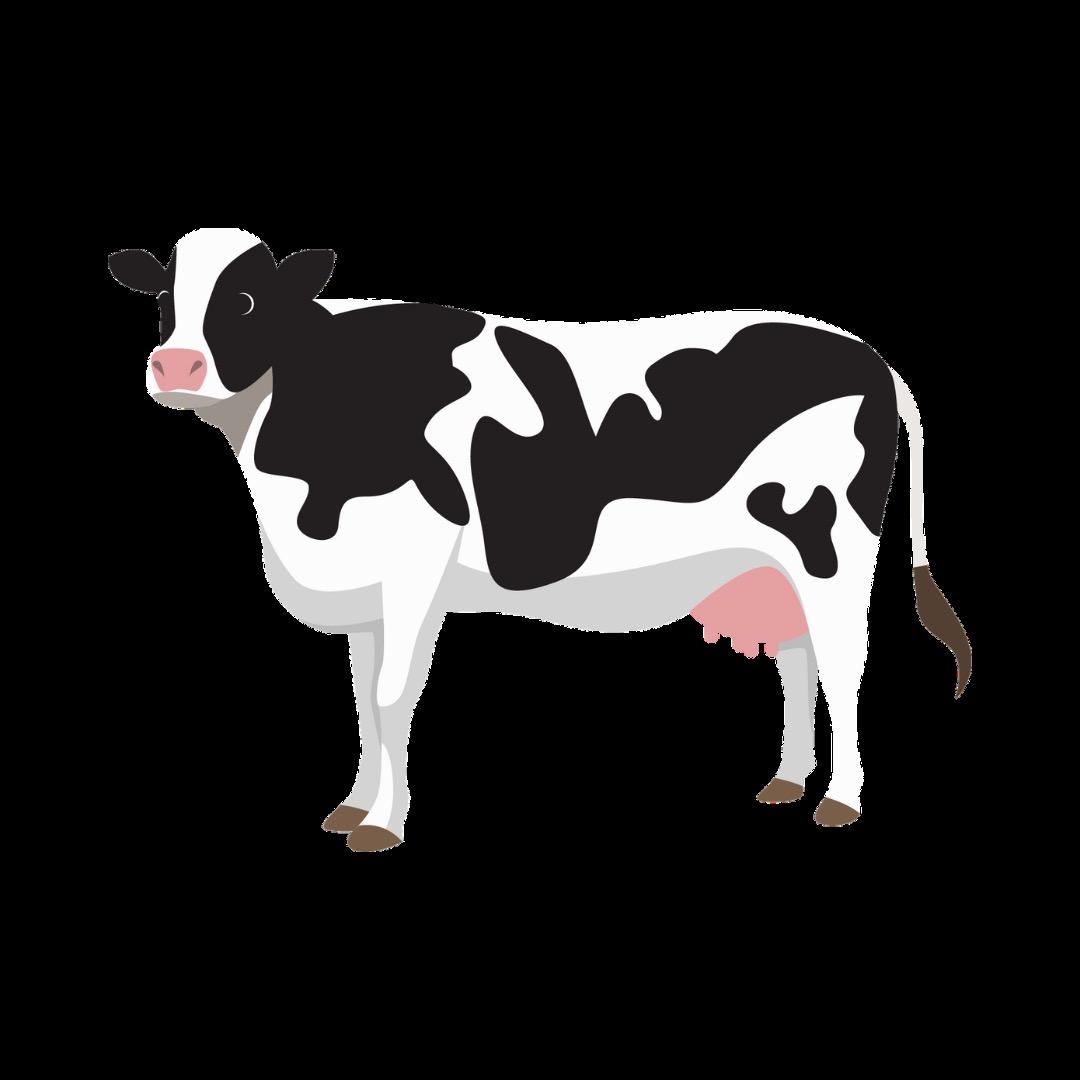
Most of the dairy cows in Florida are Holsteins (the black and white cows), and their spots are unique like a fingerprint!



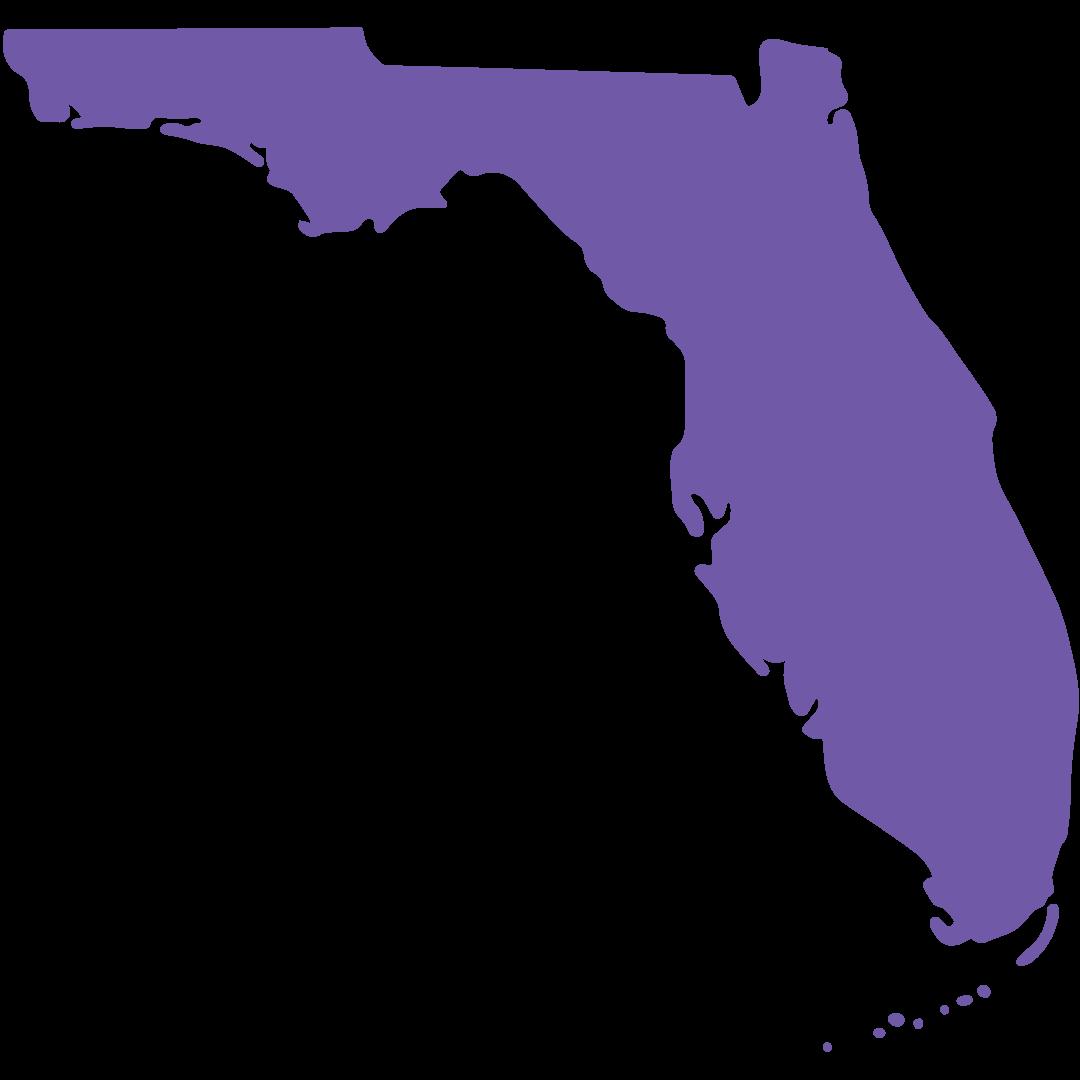

Cows chew their cud 50 times per minute.
How many times can chew in a minute?!
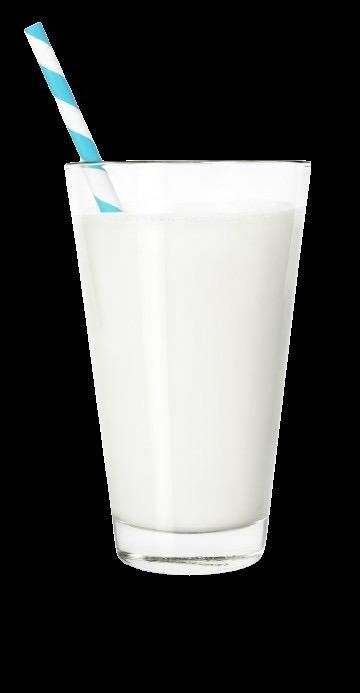
Cows can SEE almost and SMELL up to 6 miles away!


Most Florida dairy herds range 150 -

Florida dairy farmers byproducts such as citrus pulp, brewers’ grain and whole cottonseed that are consumed by the cows instead of ending up in landfills.
A Florida dairy cow produces about 68 gallons of milk each day.
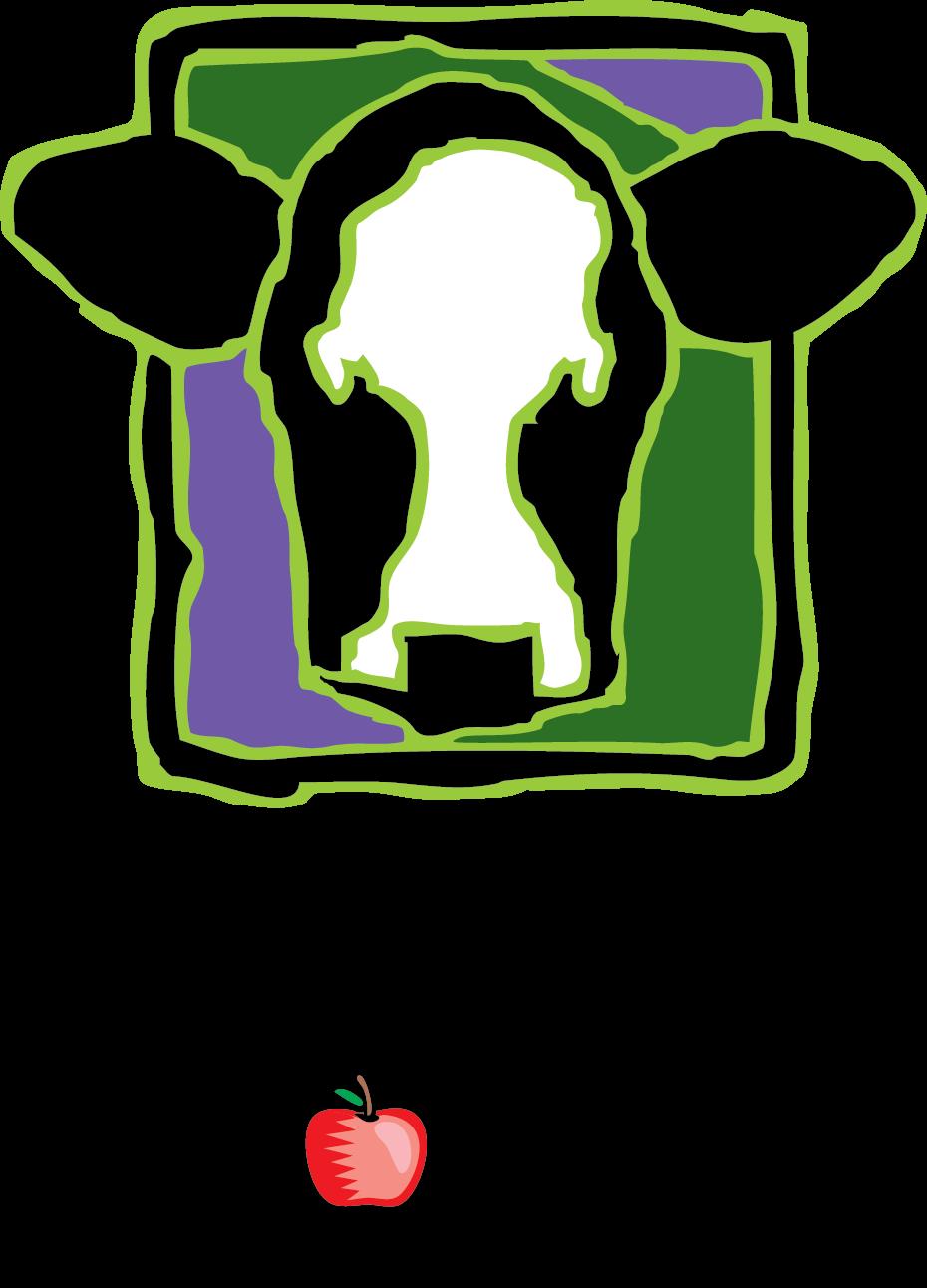



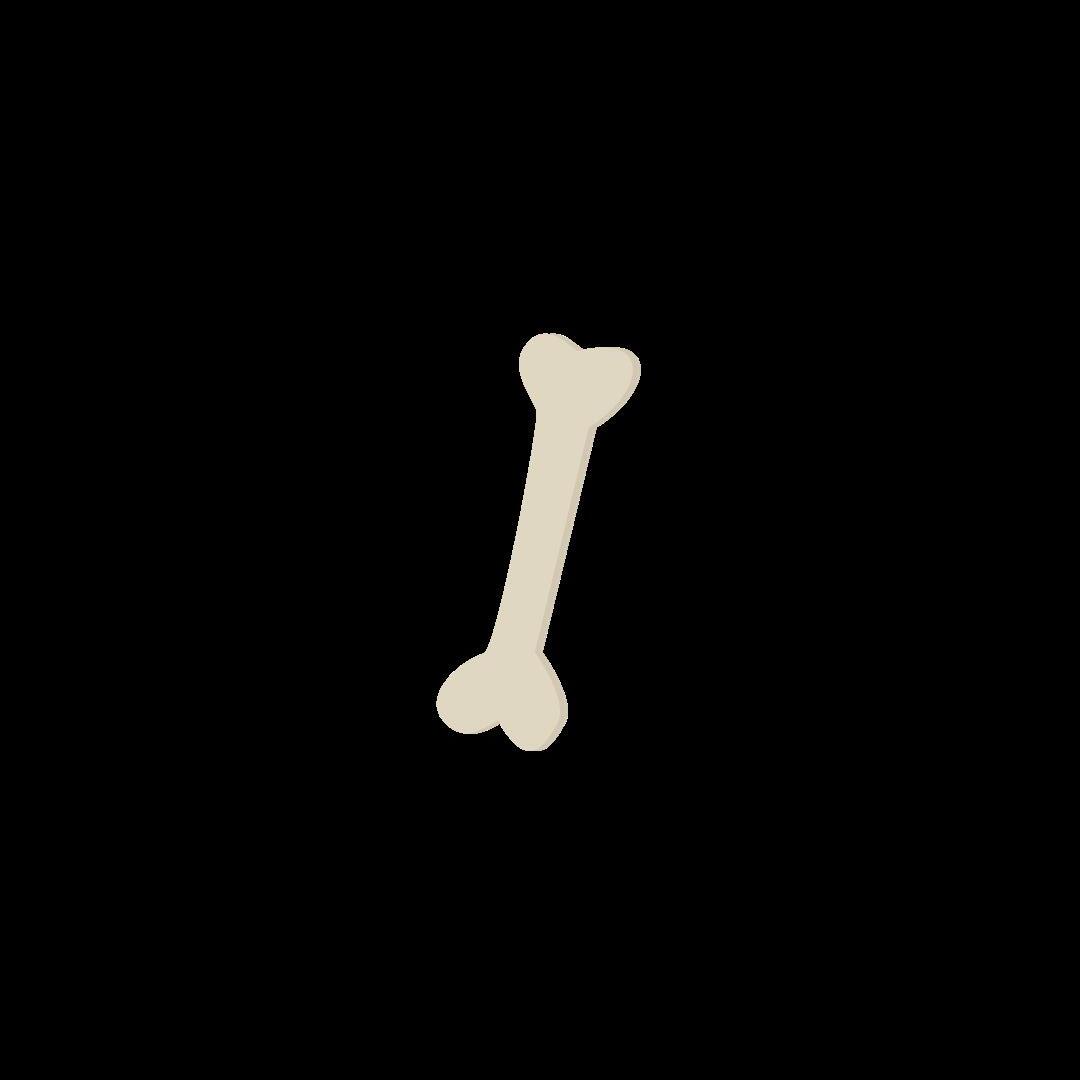
provides a powerful package of support your overall health?

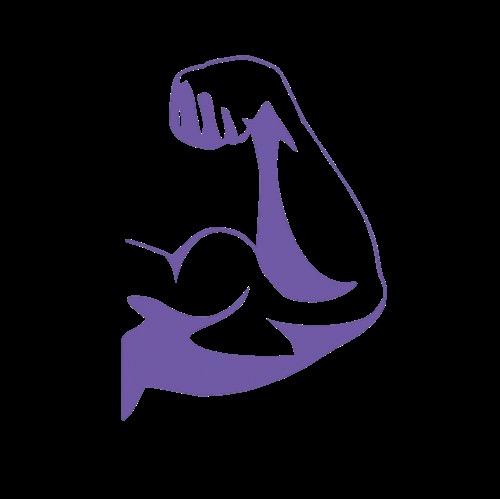
Calcium, phosphorus, and vitamin D in dairy help build and maintain strong bones and teeth.
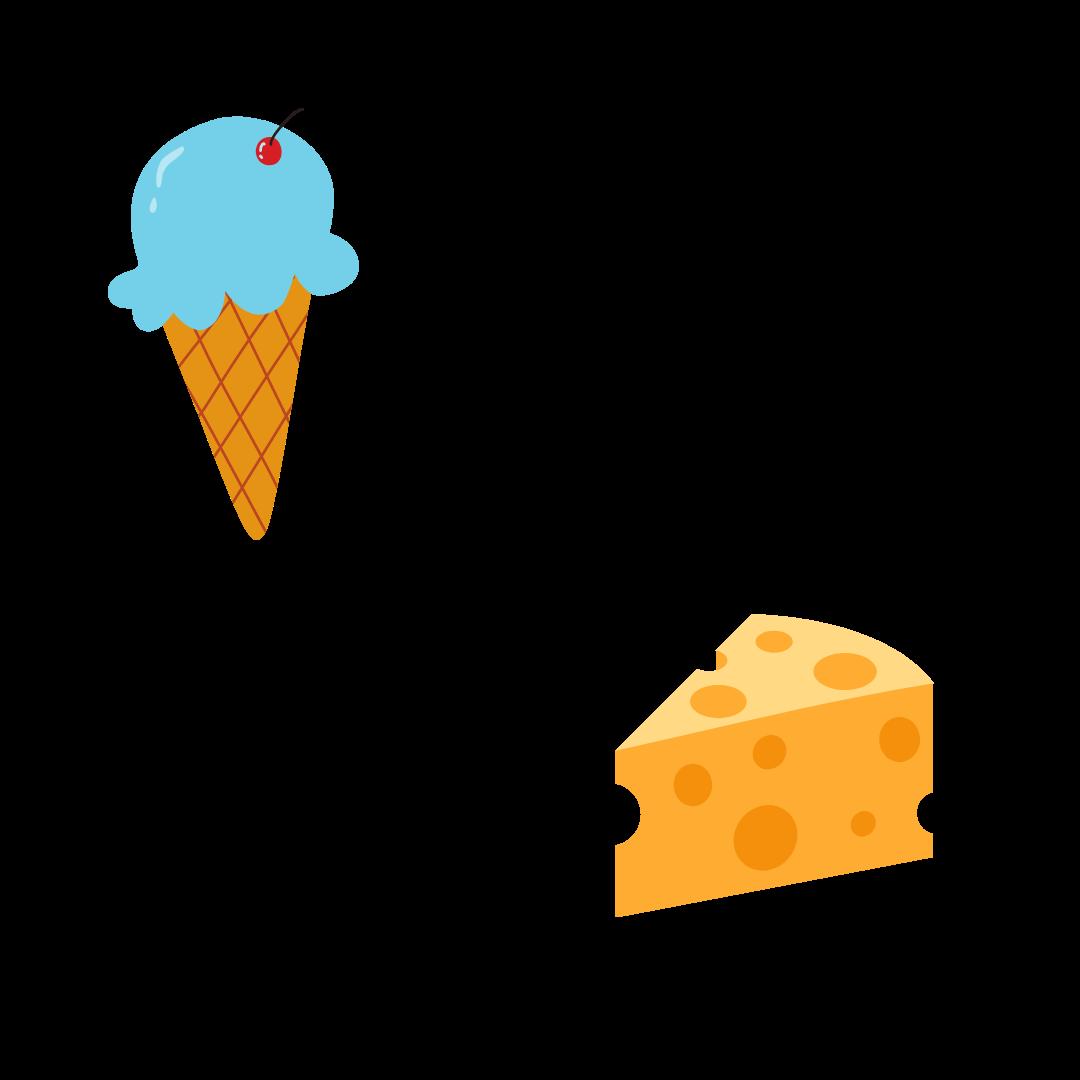

The high-quality protein found in dairy foods aids in building and repairing muscles.


B vitamins in dairy help convert food into fuel, ensuring you have the energy needed throughout the day.
Starting the day with a nutritious breakfast that includes dairy helps fuel learning!

Let’s shake some BUTTER!
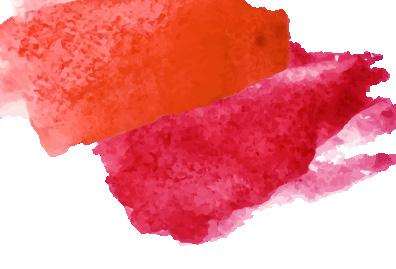
2 cups cold heavy whipping cream 1 ounce plastic cups with lids
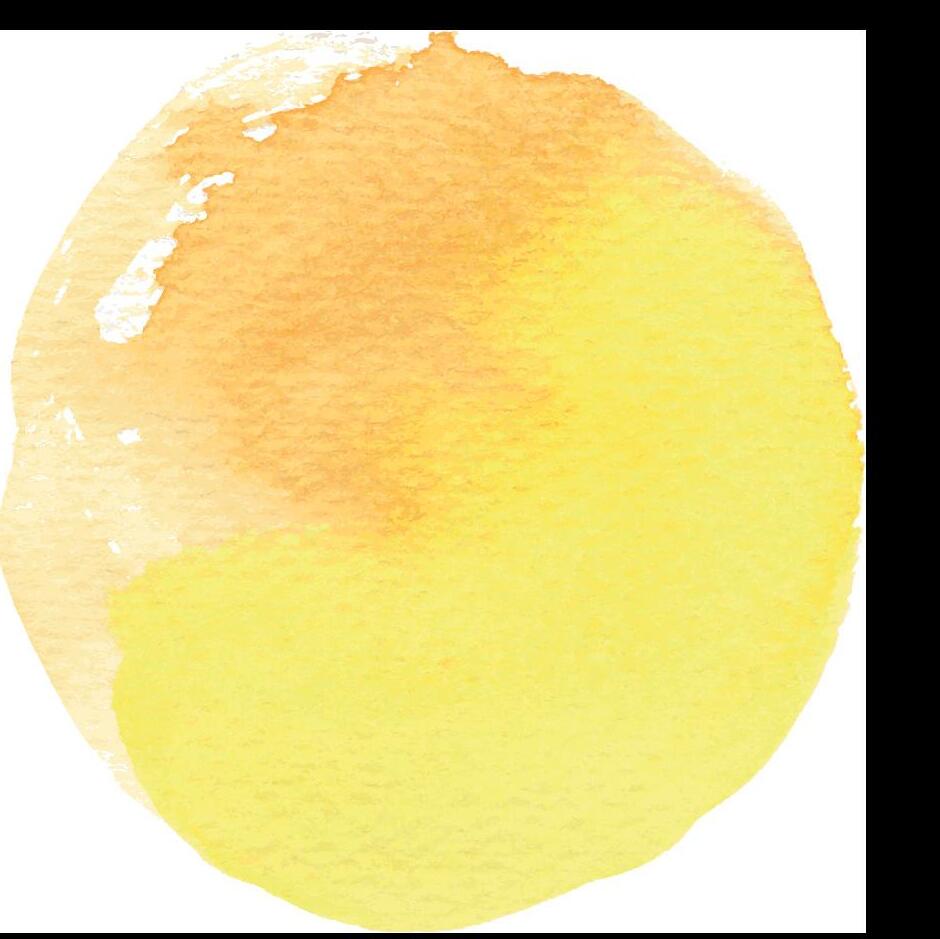
Pour 2 tablespoons of heavy cream into each portion cup. Place the lid on each cup, and distribute to students.
Shake the container until butter forms a soft lump. Continue to shake until buttermilk separates out of the lump and the container contains a solid lump of butter and liquid buttermilk. The process should take 3 to 5 minutes.
To strain, pour off or drink the buttermilk, leaving only the solid butter.

OPTIONAL: Remove the lump of butter, and wrap it in plastic wrap. Refrigerate until you are ready to serve.
For more information, visit FloridaMilk.com/in-the-schools

